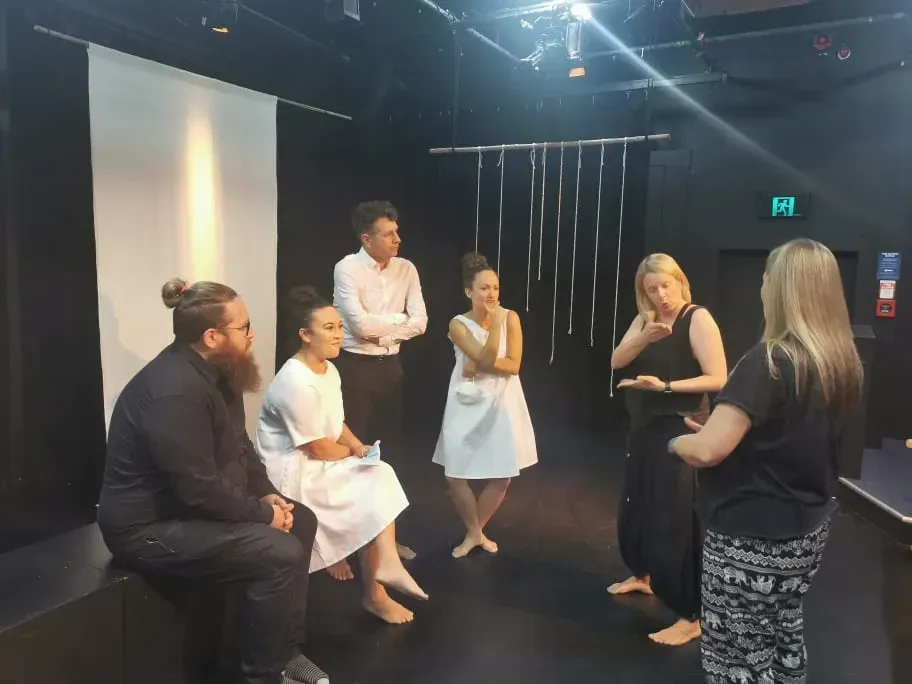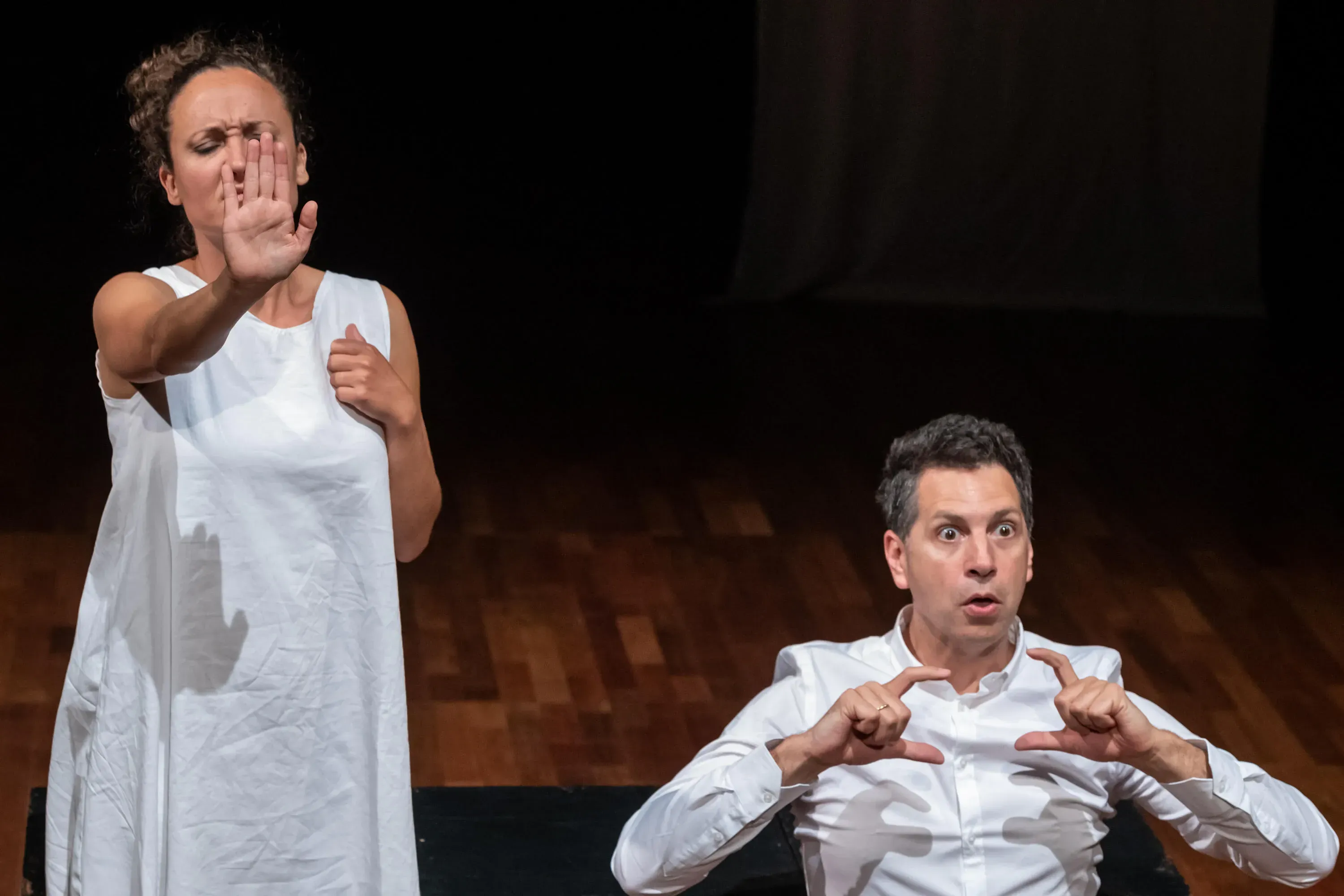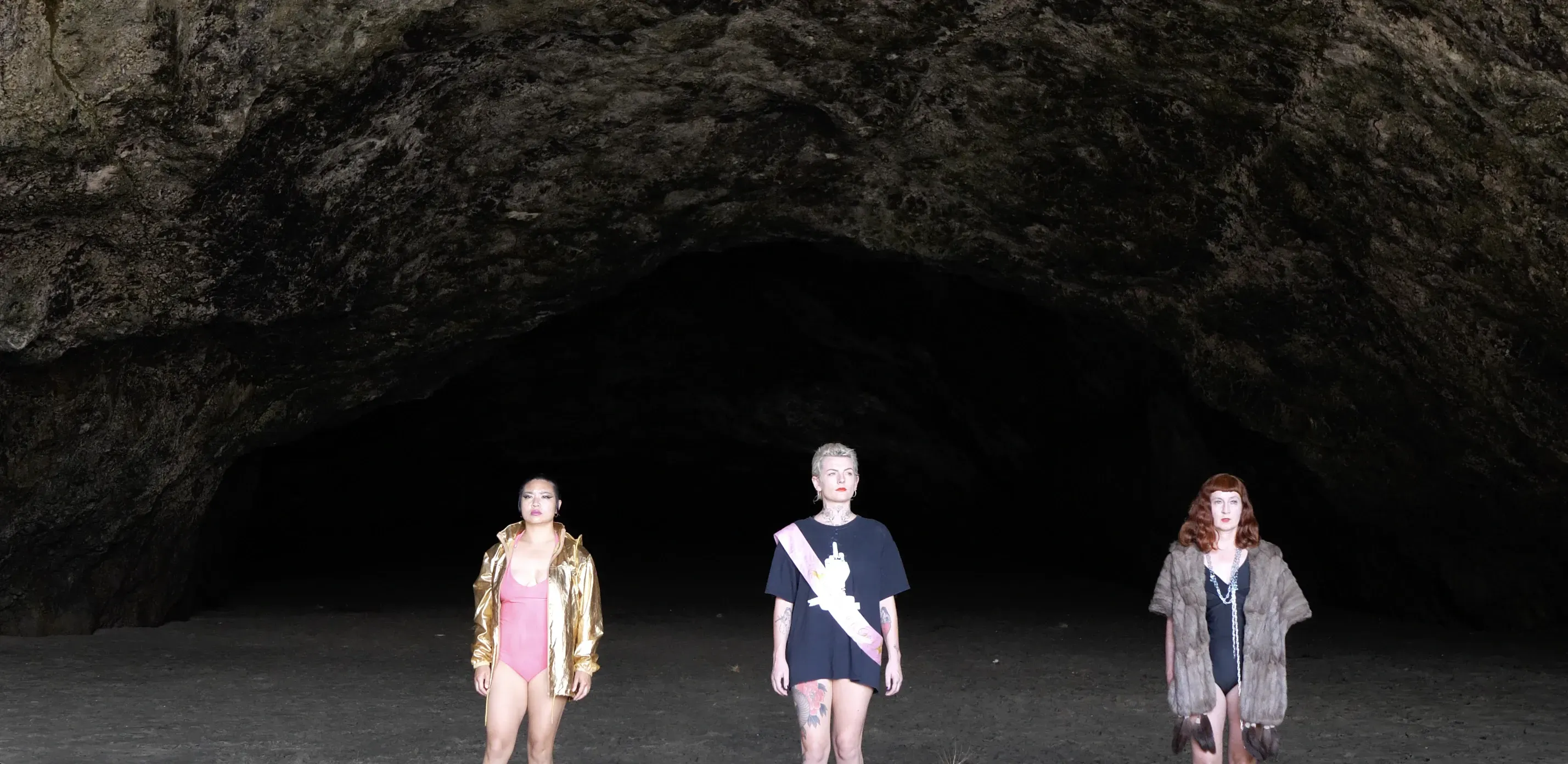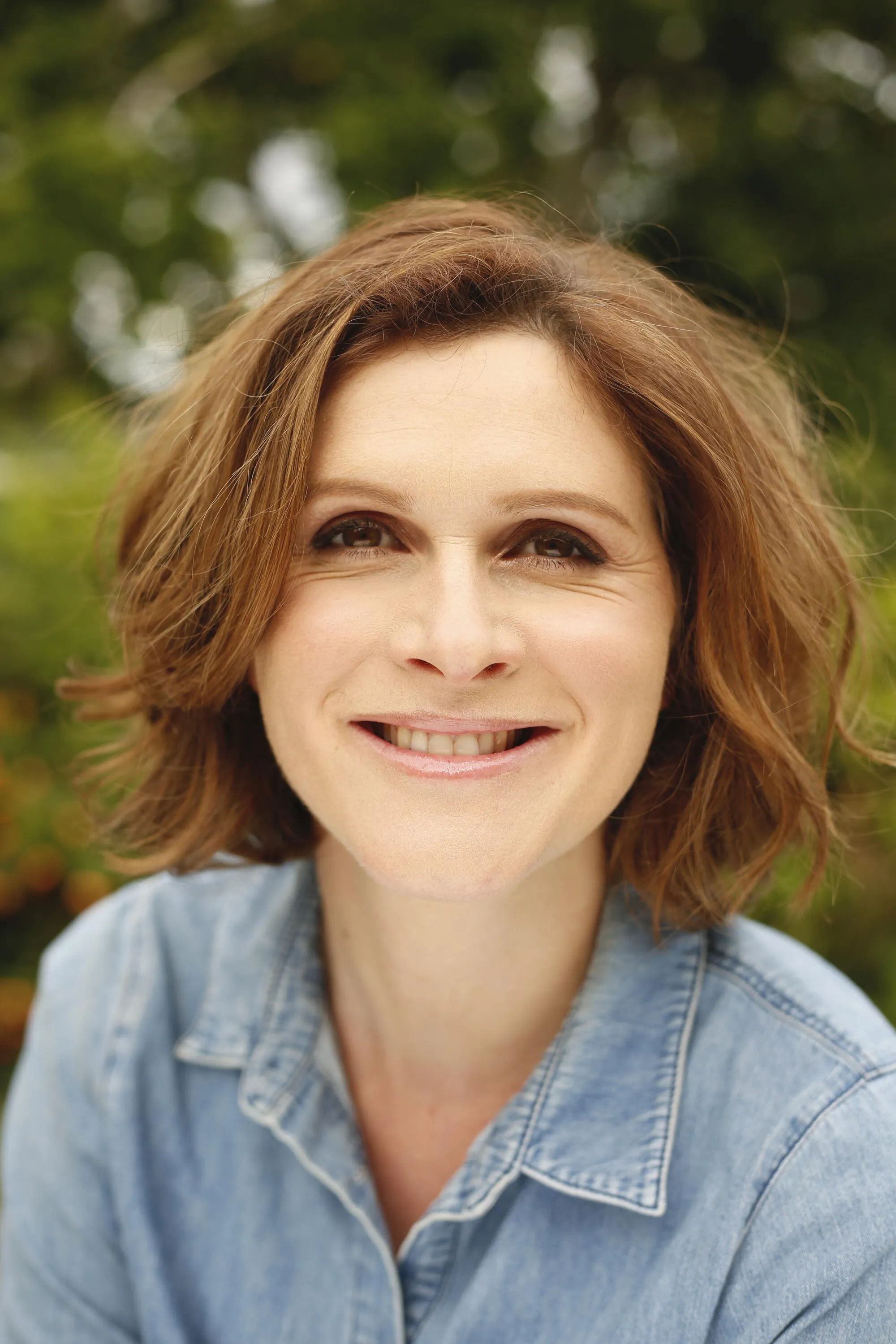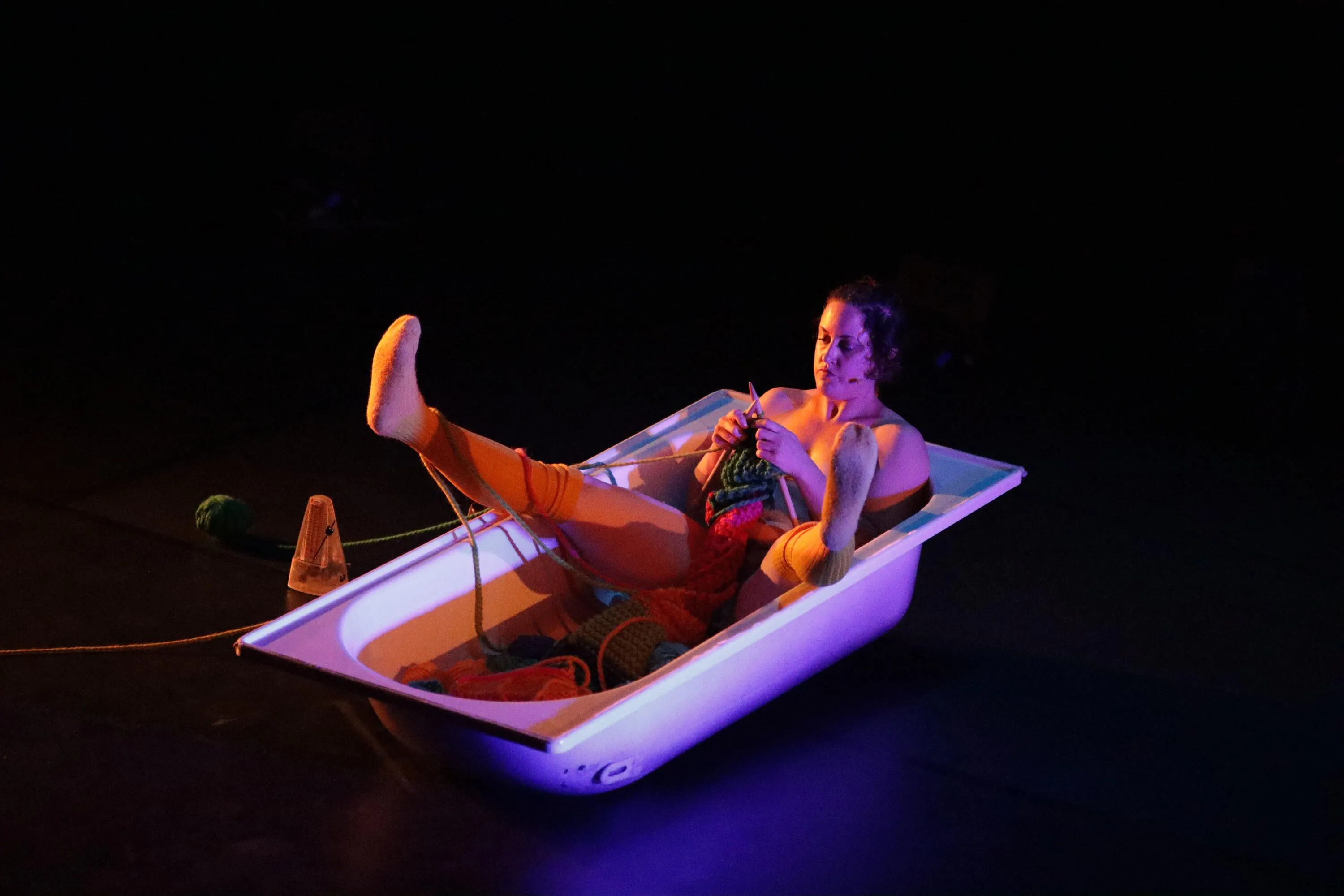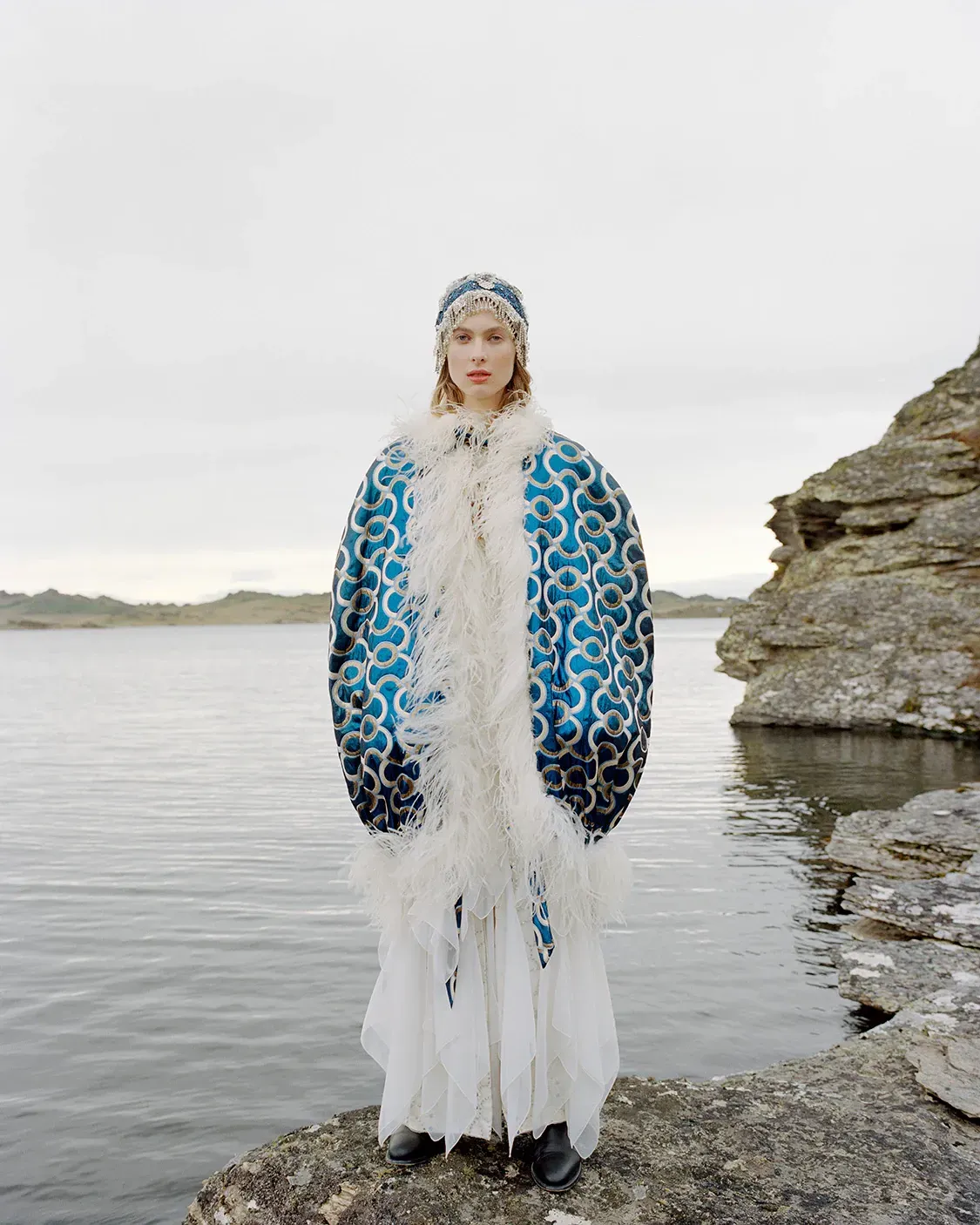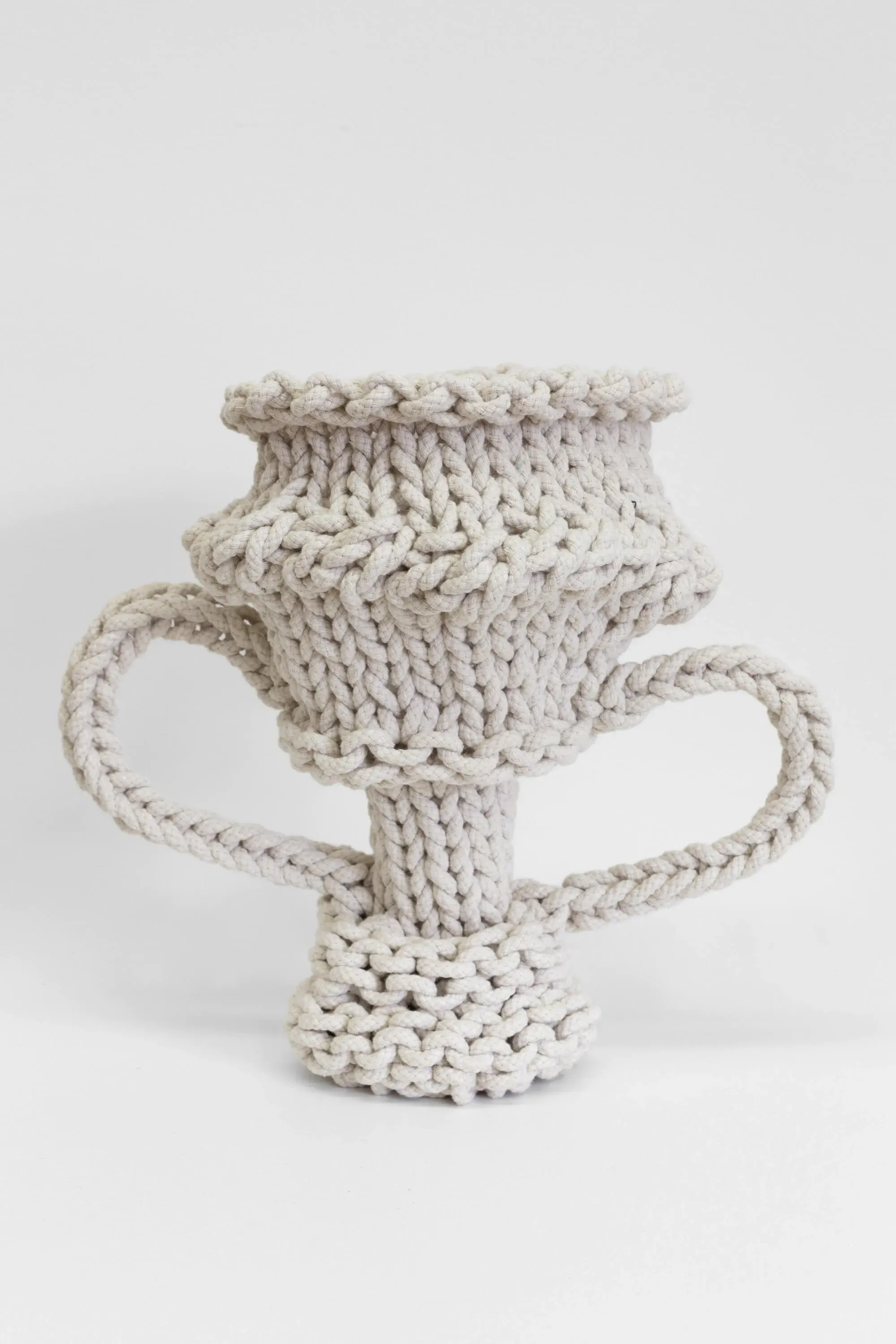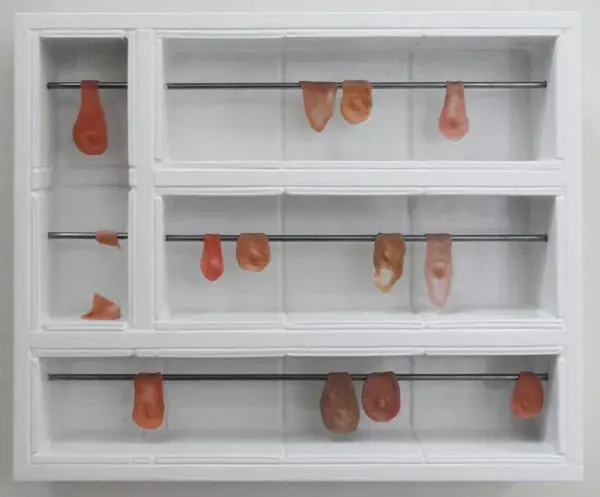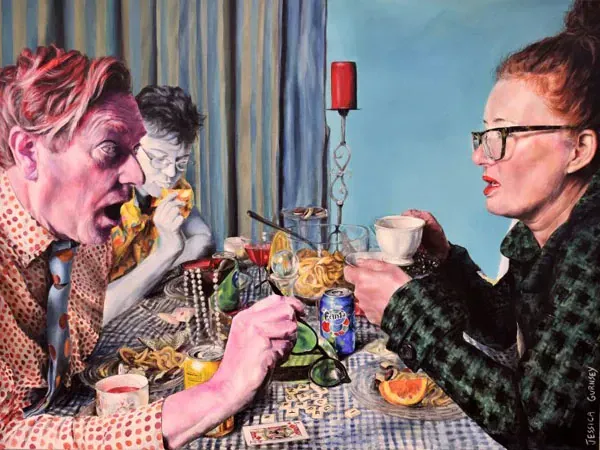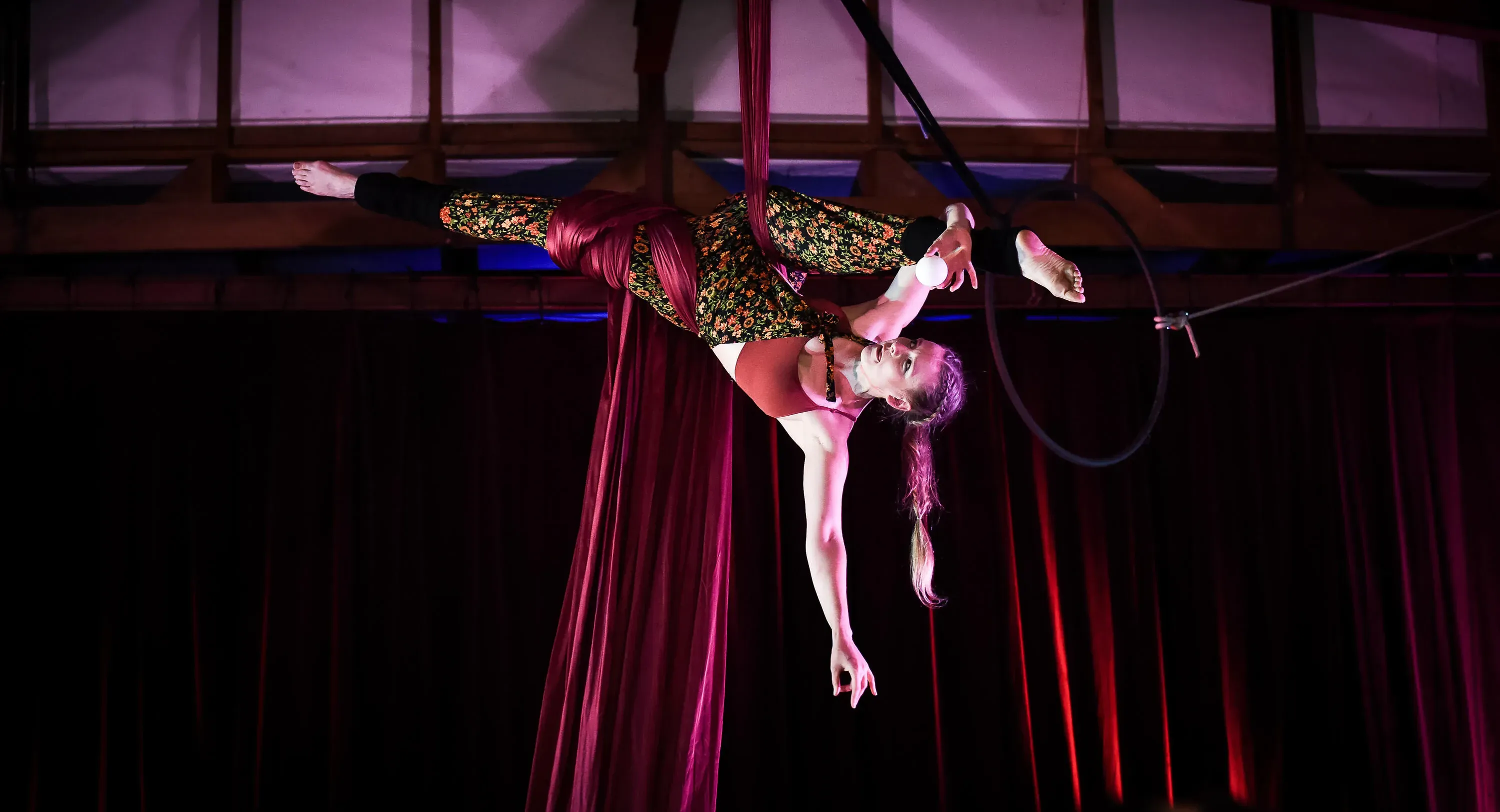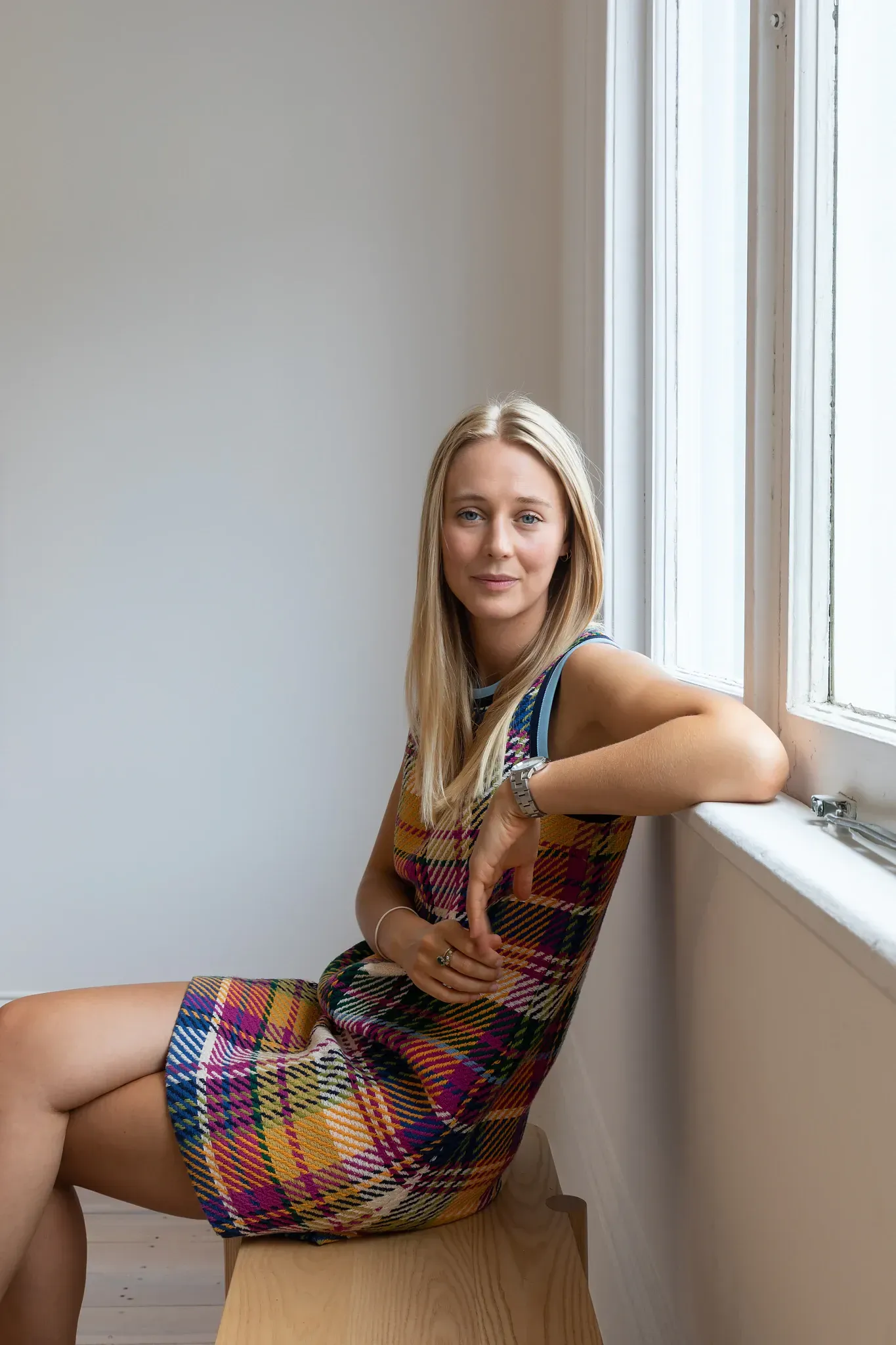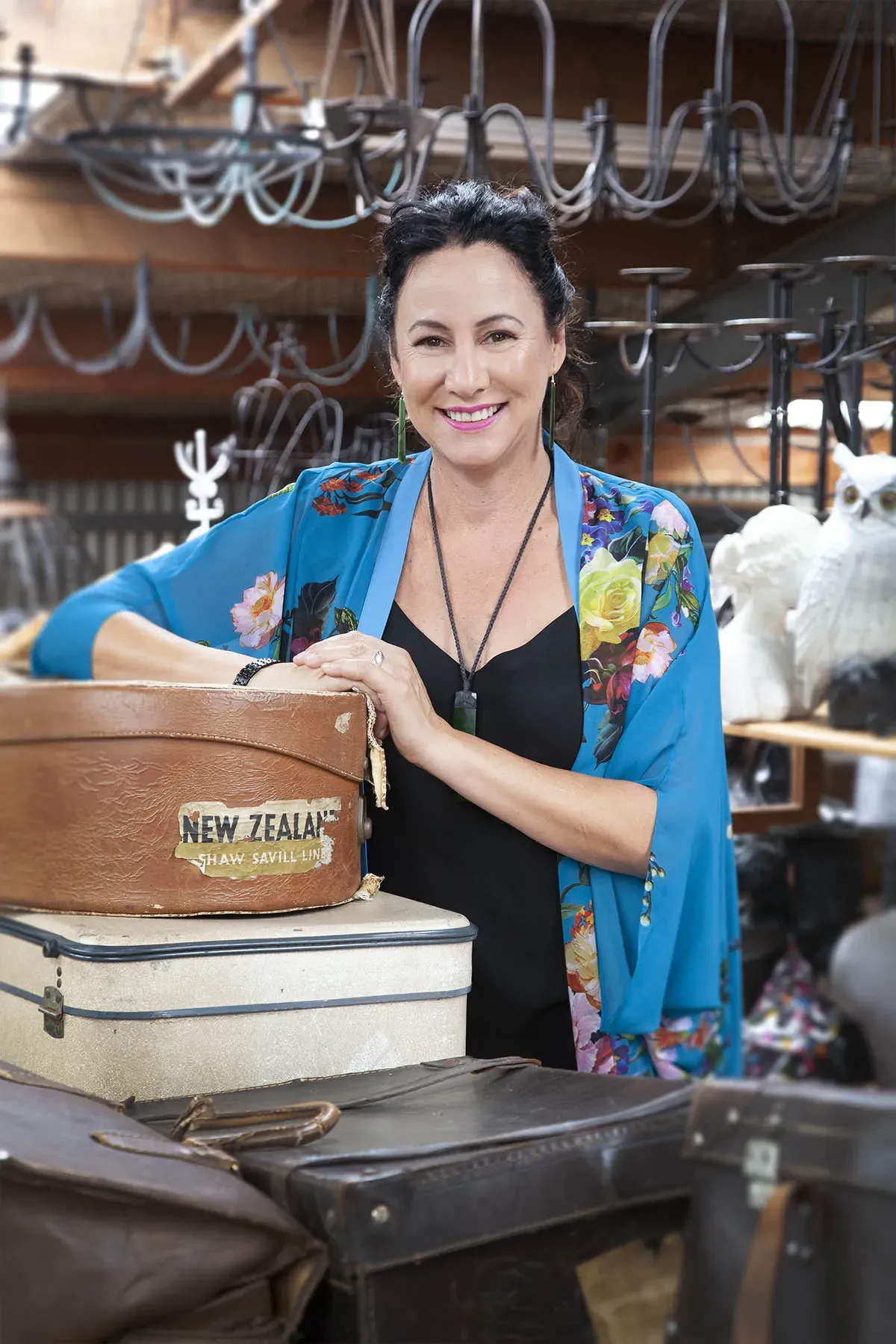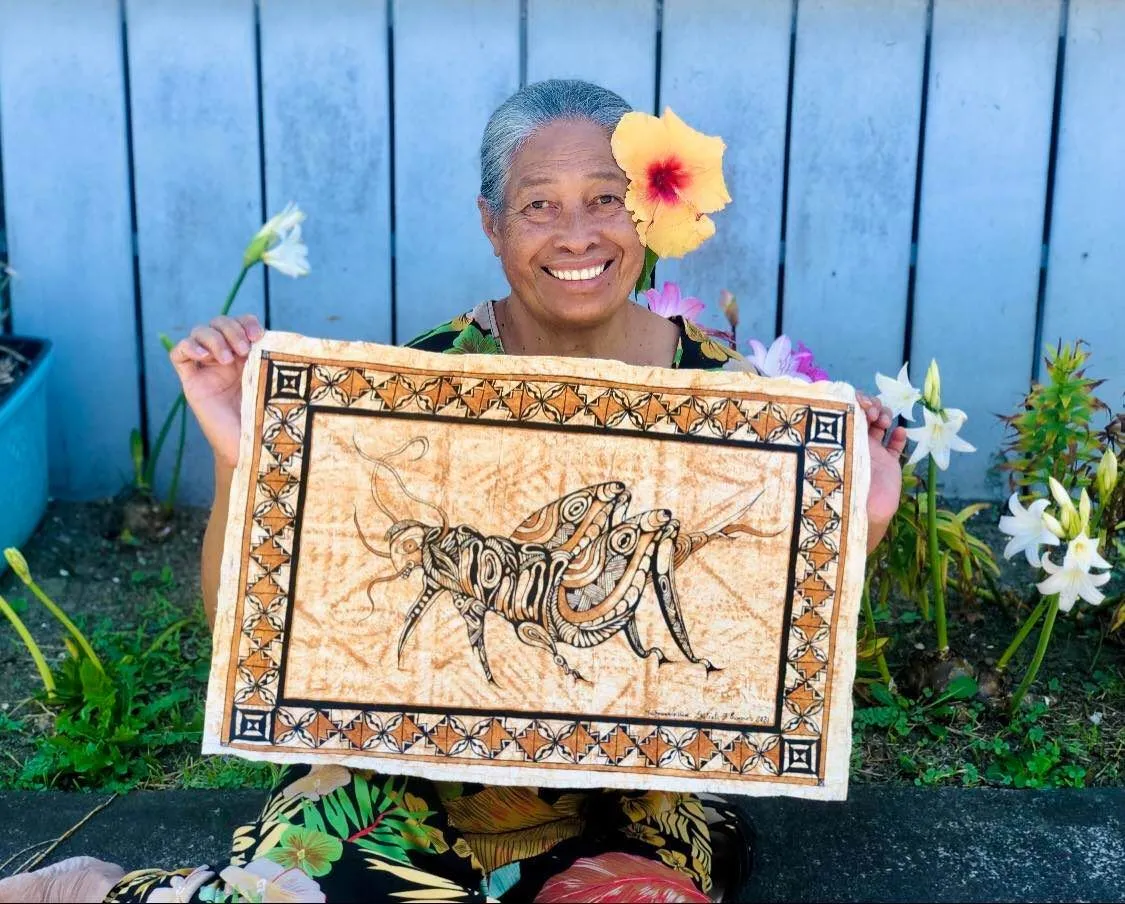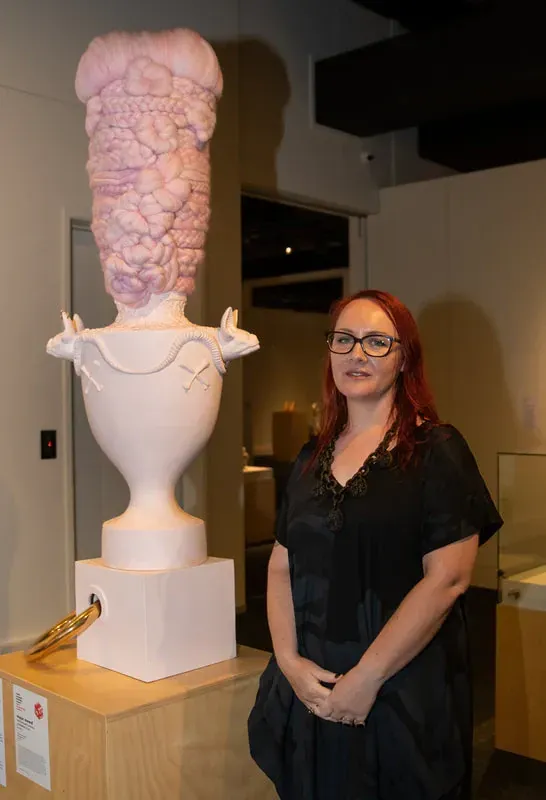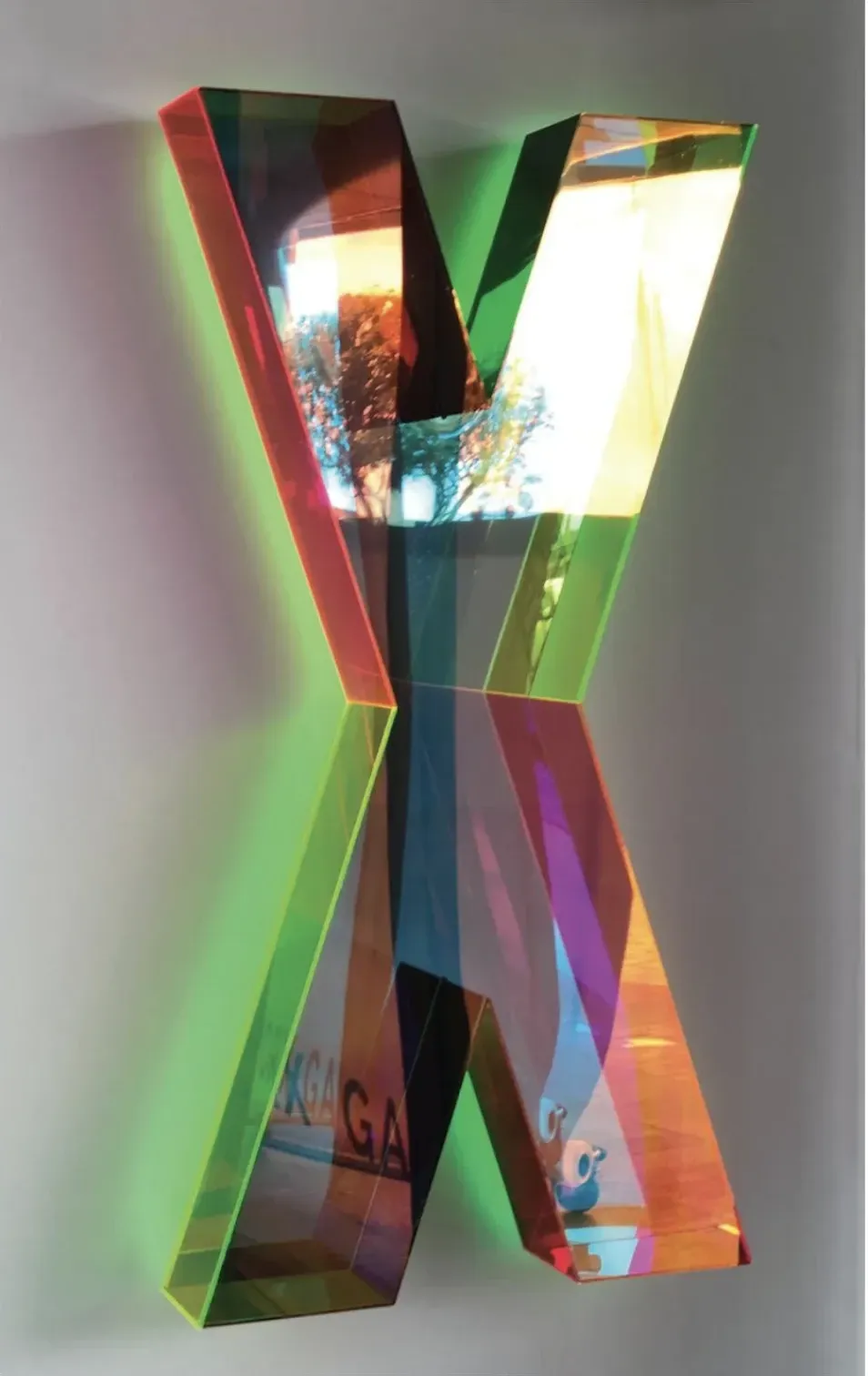How Artists Are Getting The Green Light During Red Light
Written by

The bigger they are, the harder they fall?
Amid the doom and gloom of Omicron toppling creative events and opportunities, there is one trend that is shining through the cracks like bright beacons of hope.
In the past week, Cupadupa, Wellington’s biggest street festival has pulled the pin six weeks out due to Traffic Light uncertainty (not to be confused with the current gridlock around parliament down the road) and the colour, culture and vibrancy that is the Pasifika Festival have been added the list of big occasions being removed from the 2022 calendar.
Other large scale events like Auckland Arts Festival and Aotearoa NZ Festival of the Arts have seen their packed scheduled unwillingly but necessarily whittled down to fit the current capacity and social distancing restrictions.
But there is a slow trickle of uplifting announcements beginning to gather steam. And they’re largely coming from events that are normally - and even titularly - on the fringe.
The smaller, more agile events are finding they are the best suited to thrive in the Omicron era. They are the ones finding a way to get the green light to go ahead during the Red Light setting.
The Dunedin Fringe Festival’s been dealt plenty of hits in the last few years - including full blown cancellation with just a few days notice in 2020. But a combination of the current setting and planning to “keep things small and nimble” has paid off for Festival Director Gareth McMillan - as they proclaim it’s all on for 17-27 March in Ōtepoti, with innovative and experimental new work from established and emerging artists.
McMillan told The Lowdown “as open access platforms, Fringe Festival programmes contain a multitude of smaller scale events that can proceed under the limitations of Alert Level Red. There’s also more of a focus on development or participation for personal expression/wellbeing reasons.
“This isn’t to say that practitioner remuneration from Fringe Festivals isn’t significant or that the reduction of this in the current climate doesn’t greatly concern us. One factor for us deciding to proceed was to better support artists that feel comfortable about going ahead. If we shut up shop then we’d have less resources to support them."
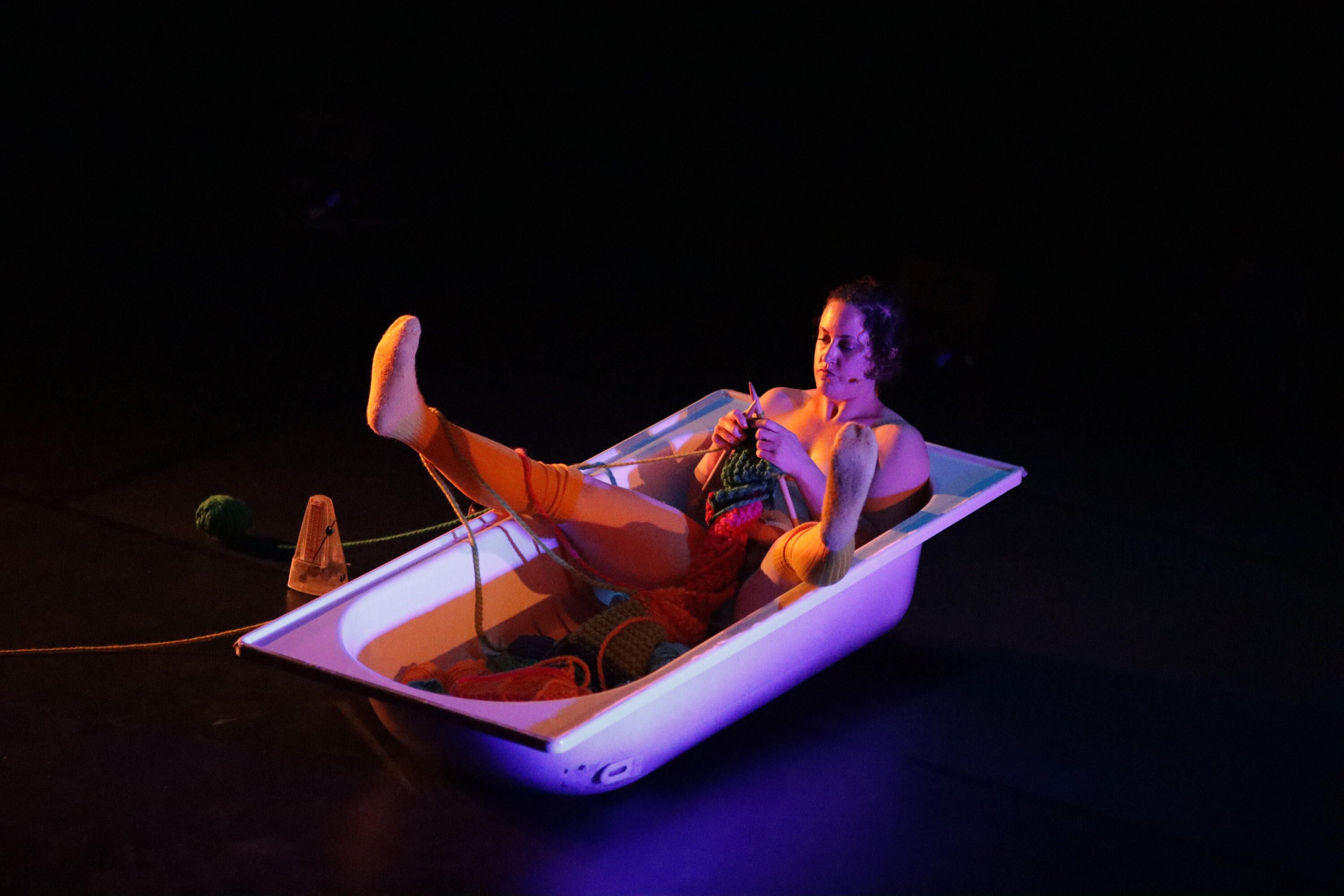
Inherent Awkwardness, part of the Dunedin Fringe. Photo: Supplied.
There has been a noted dip in advertising and sponsorship. Ironically, McMillan points out, the support mechanisms supplied by the Ministry for Culture and Heritage means the festival may have been better off financially to fully cancel.
“We do feel a weight of responsibility to the sector, especially for non-mainstream practitioners who are often not able to access support. It’s heart-breaking seeing people’s mahi slide away, especially for people who have been trying for two years to present a work or tour, and now realise it will be another six months minimum before it can be realised.
“The kōrero has shifted. In 2020 it felt hard but there was a sense that we’d recover. There is now real concern about the damage being done and the number of people calling quits.
“Festivals, such as the Fringes hosted in Auckland, Wellington and Dunedin, will have a critical role in the recovery - we’ll be the innovators, collaborators, and laboratories as we’ve always been.
“We tautoko some of the amazing smaller venues around the motu who are also positioned to be part of the recovery of the independent sector.”
McMillian says the collaboration with other NZ Fringes - including with Vanessa Stacey (NZ Fringe in Wellington), Borni Te Rongopai Tukiwaho (Auckland Fringe) - sees them share resources and support other Fringe Festivals who want to develop. “I can’t speak for others but the feeling of he waka eka noa (we’re all in this together) means a great deal to me in these troubling times.”
That includes the likes of Whangārei Fringe, who so far only have one festival under their belt after last year’s anticipated iteration was wiped out.
With this year’s event currently scheduled for September, Co-founder and co-producer Laurel Devenie told The Lowdown they’re watching with interest and crossed fingers to see what the landscape looks like closer to the time.
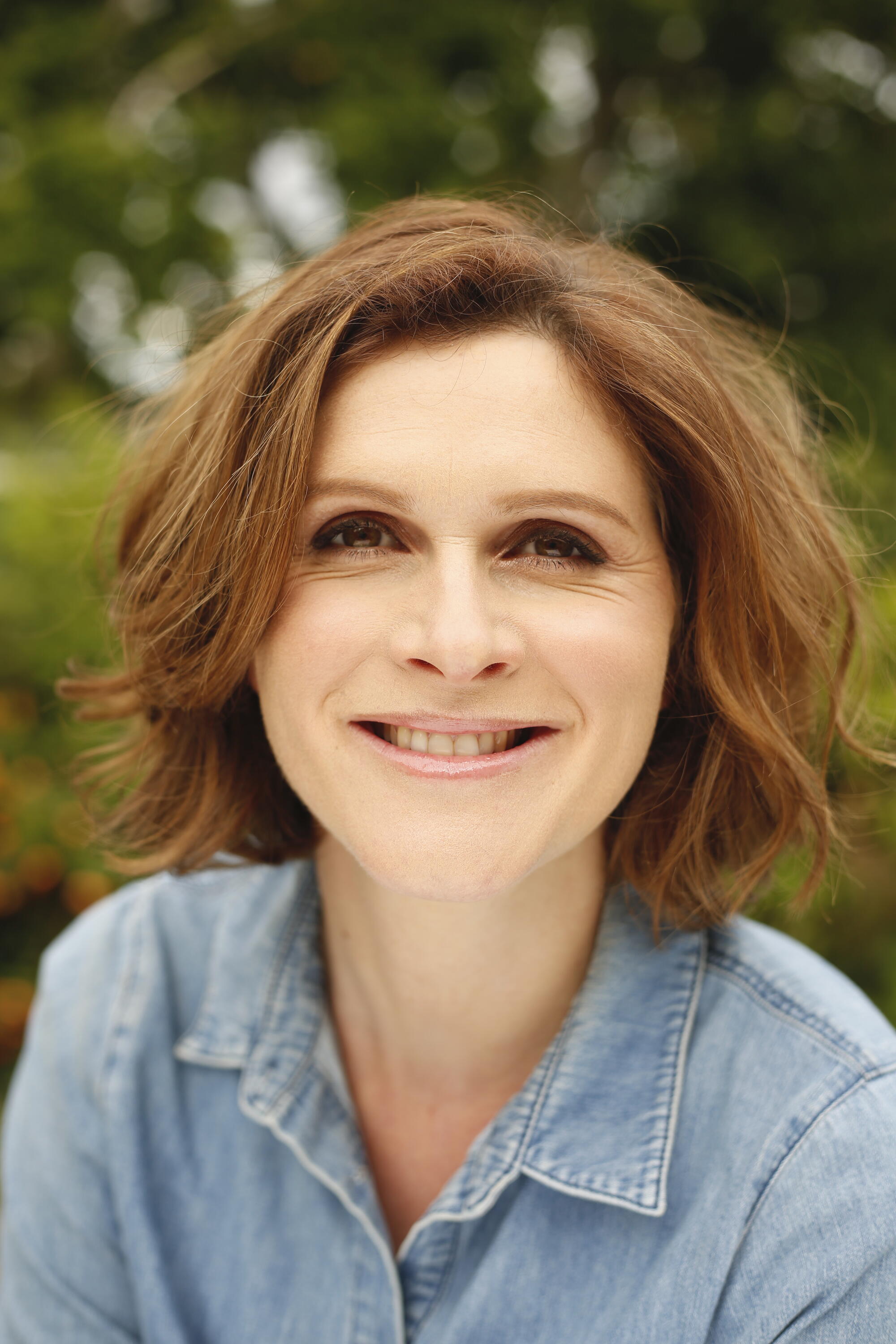
Laurel Devenie. Photo: Supplied.
“We hope we'll be in a clearer place to make a decision soon, but the pandemic doesn’t really allow for planning ahead.
"There are so many things to weigh up when you're deciding whether or not to push ahead. Yes, Fringe festivals often use smaller, cheaper venues or put on the kind of events that can be staged outdoors. But when people need to be distanced, it reduces ticket take and becomes uneconomic for artists, who are usually doing things on a shoestring anyway.
"To us, the very heart of our first Fringe festival was the celebration of the arts as a way for people to come together.
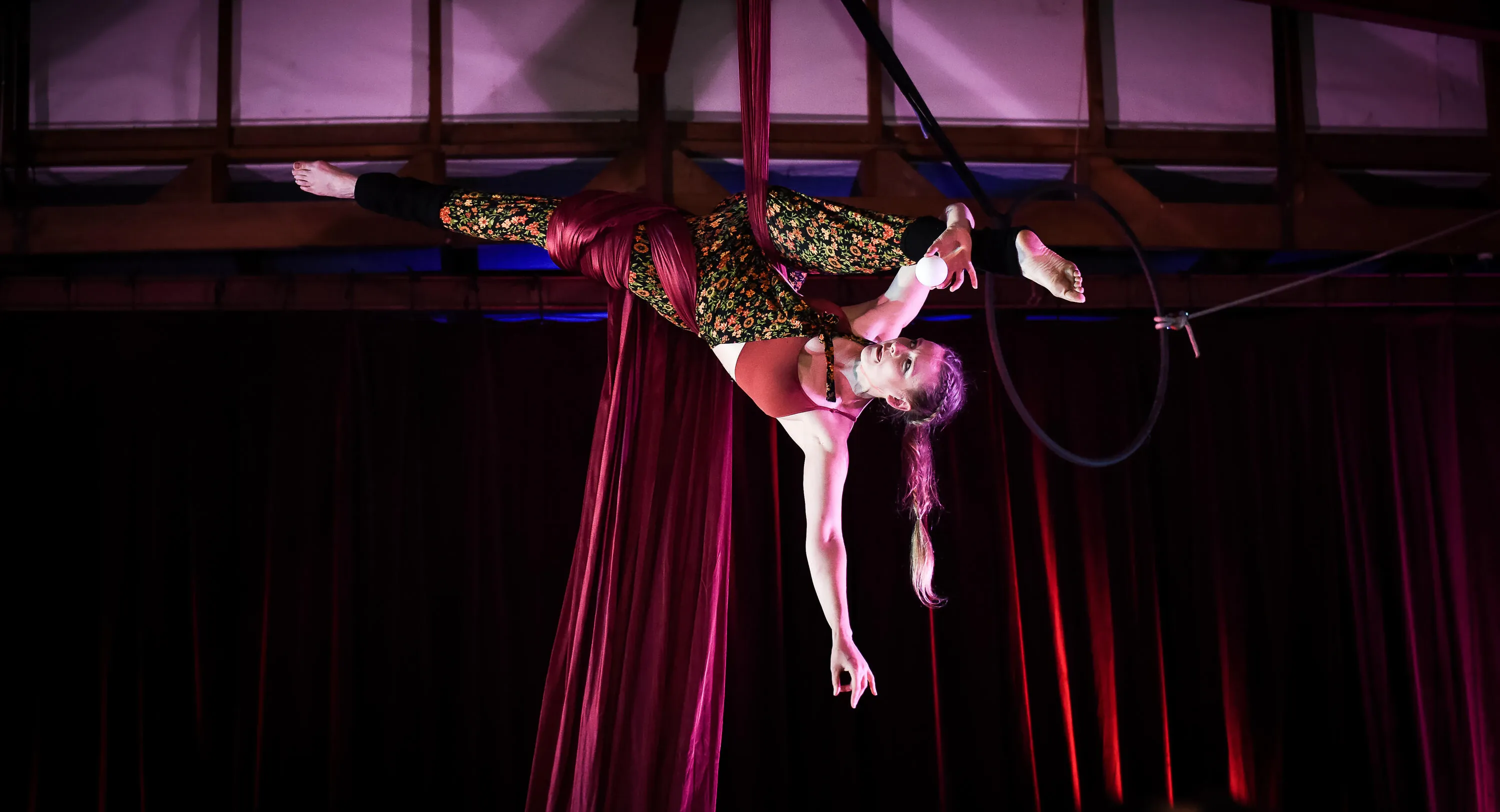
Funkyray Cabaret at Whangārei Fringe 2020. Photo: Kerry Marinkovich Photography.
“That was what our community responded to in 2020 and that is what we are driving towards for the next one. It doesn’t feel like there’s a way to do it halfway.
“We don’t have the capacity or inclination to move the festival online because we don’t want to compromise what the event is celebrating - liveness, community, congregation, collective experiences.”
While Cubadupa’s not happening, the capital will still be busy in the coming weeks as the NZ Fringe Festival opens tomorrow and runs through to 12 March, and the Threads Textiles Festival has confirmed it will push ahead with its 16–20 March programme.
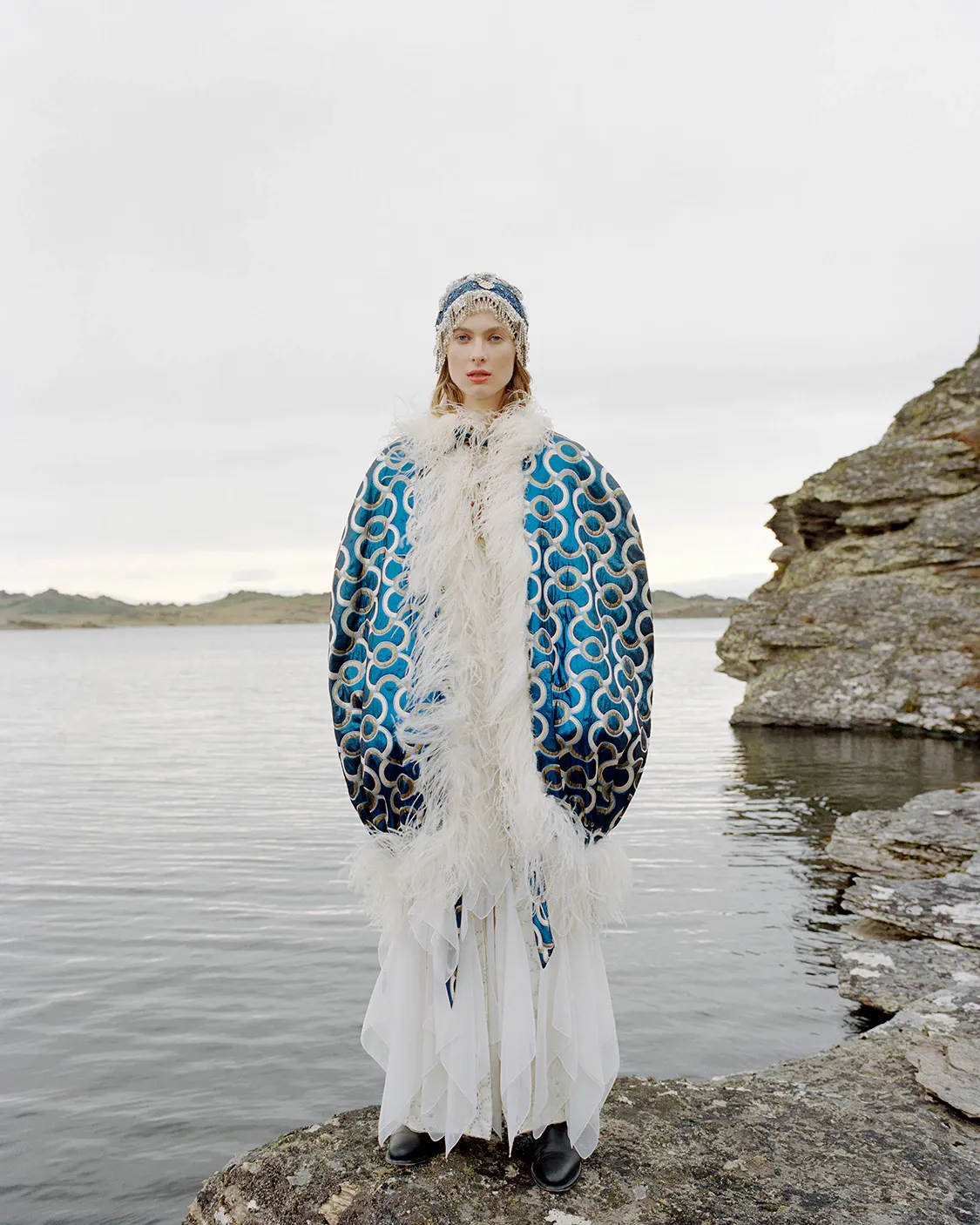
Eden Hore at The Dowse. Photo: Supplied.
Festival Coordinator Grace Ridley-Smith told The Lowdown “Threads is based on a unique collaborative model which, unlike more established formats such as biennales, triennials and art fairs, does’t necessitate large crowds in a single space. Instead, Threads proposes a decentralised, cellular model with events taking place at venues across the city, which means the limit on gatherings of more than 100 people doesn’t affect us too much.
“The programme is slightly slimmed down and we have had to make some adjustments, such as moving the one day symposium online, to allow for the fact that there is hesitation in the community about getting on a plane and travelling around the country.
“But thankfully many of the events across the programme – exhibitions, talks, tours, workshops – can go ahead with some public health measures in place.”
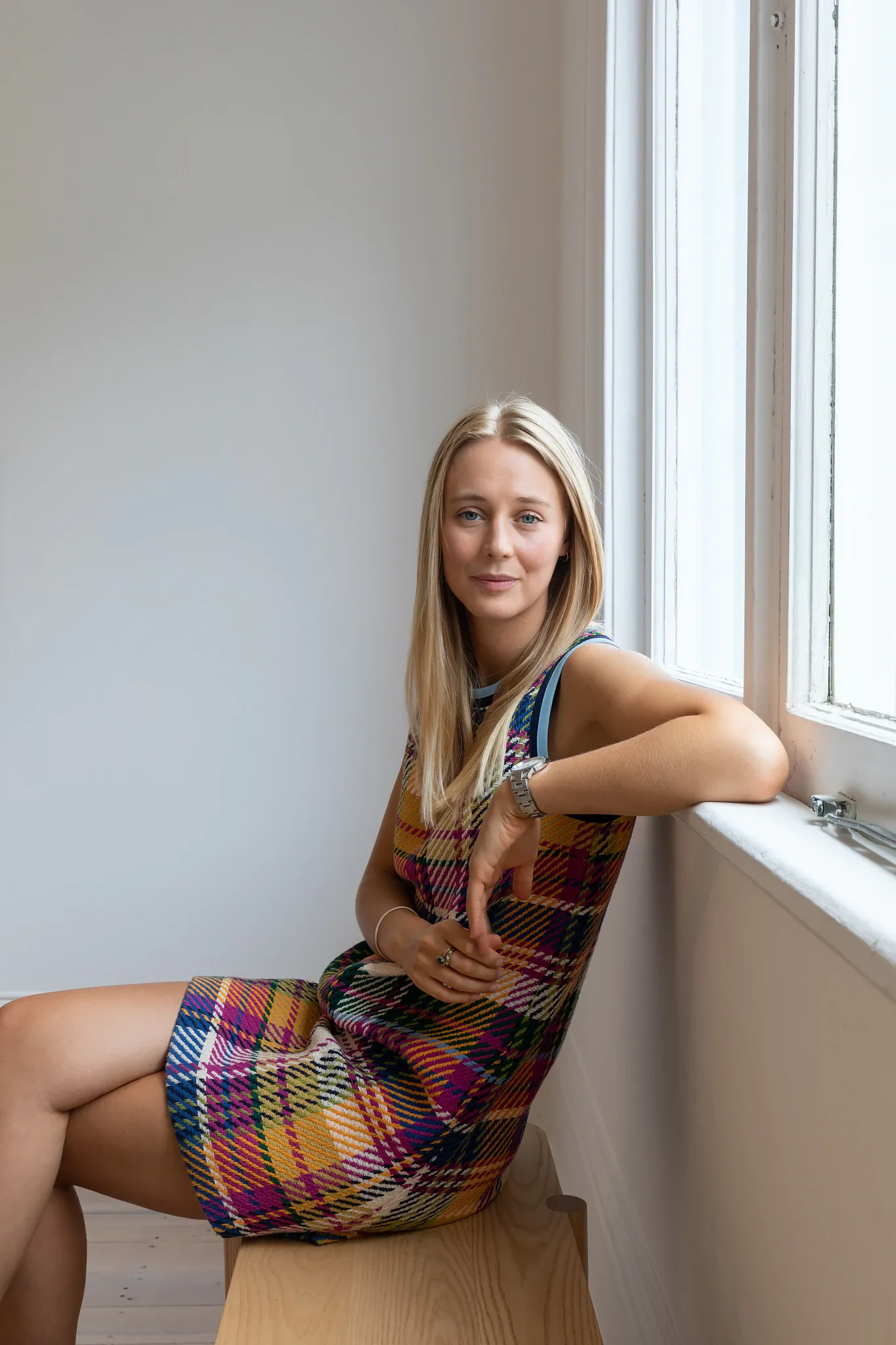
Grace Ridley-Smith. Photo: Russell Kleyn.
Ridley-Smith agrees that smaller style multi-event, multi-location festivals like Threads are uniquely positioned for the current environment.
“Luck and good planning both play a role – but there is probably more luck involved than anything.
“We trialled our model pre-pandemic in 2020 and expanded-upon and formalised it in 2021 in response to the challenges of producing cultural events in a COVID environment – we learnt, adapted and planned accordingly.”
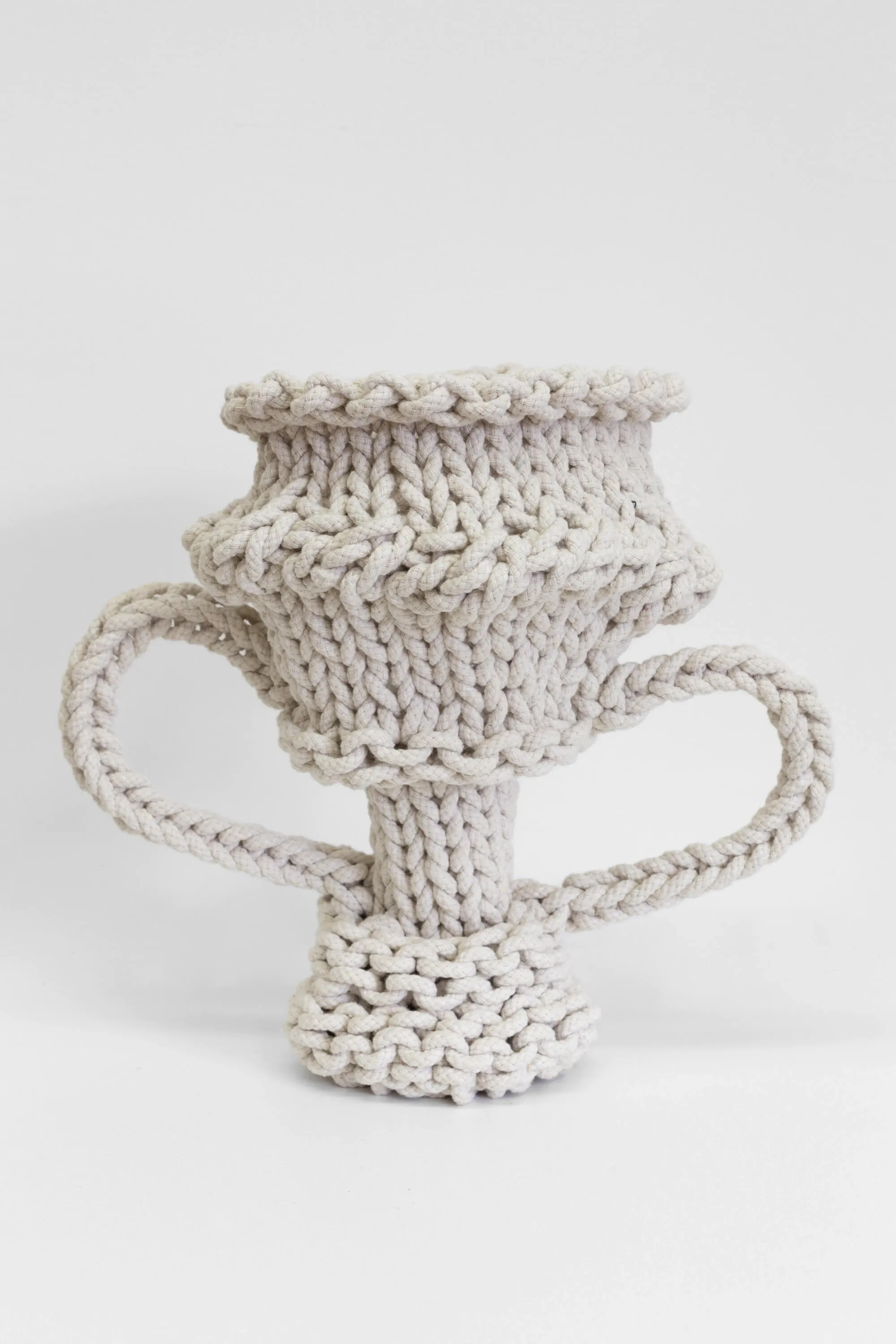
Finn Ferrier, Expanding Bunfoot Vase with Fishtail Loops (2020). Photo: Supplied.
Wellington’s dedicated visual arts festival, supported by the Council and the Blumhardt Foundation, includes more than 15 free exhibitions and a roster of workshops, talks and tours at venues spanning Lower Hutt, Petone, Thorndon and the central city.
“Threads is the result of nearly a year of work on behalf of artists, galleries and all those participating and I can only imagine how heartbreaking it would be to have to cancel it so close to the launch. My heart especially goes out to all the artists who have had events cancelled but have already made work and paid costs associated with the production and are now facing partial or total loss of income.”
The meaning of live
Just as organisers are adapting, so are the performers and producers.
Working out how to operate in the live performance world is no easy feat - and the centre of many kōrero like the Performing Artists Network of New Zealand’s (PANNZ) online hui Live Performance in the Time of Omicron discussed with international producers on Facebook this week.
Going online is both a blessing and a curse for live performance. It’s far from ideal, robbing both the audience and performers of what they want most - but bringing it to the digital world allows for different levels of innovation.
Award-winning performance artist Alexa Wilson has taken the show she has been aching to perform on stage, Rituals of Destruction, and turned it into an online 'build-your-own show' piece, requiring (or allowing, depending how you look at it) a different kind of engagement.
The viewer will get to make a selection from the performance menu of the videos they want to see, which will be edited together and sent through as a private link within 24 hours.
Wilson told The Lowdown “the (digital) pivot aims to work like a conceptual salvaging of live work, which is dissolved, remixed, interrupted, butchered, transformed, non-chronological. In order to meet such a climate and to give an audience choice and agency over what they watch like on the internet.”
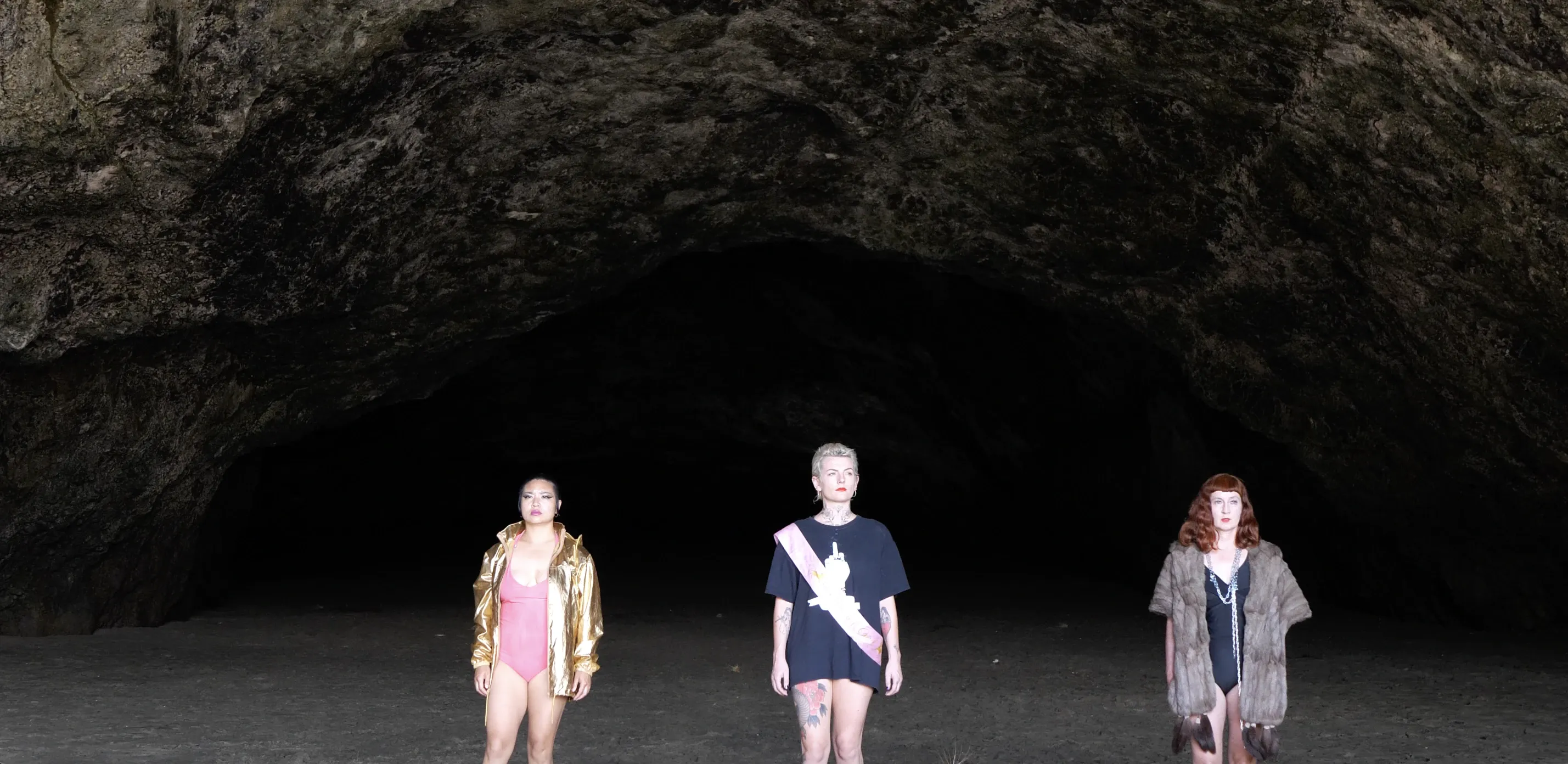
Rituals of Destruction, Bethells Cave filmed by Veronica Manchego with performers Alana Yee, Shani Dickins and Alexa Wilson. Image: Supplied.
Arriving back in New Zealand two years ago following a decade based in Berlin, Wilson’s inspiration for the concept has come from her Master of Philosophy in Visual Arts internet and video art conceptual performance project.
“For most of the live arts industry and as an independent, it’s deeply disappointing to have to cancel a show after working for a year on it. Change is being forced on us.
“After the last 8 months of Auckland’s extensive lockdown and Red settings now with Omicron, amidst endless reschedules, venue changes, performer changes, loss of months and festivals, arts administration non-sponsorship or advocacy, and now full cancellation we are literally swimming upstream. It’s not sustainable and have to adapt.
“Live art has been very silenced in NZ and this is a way to reach audiences. I hope for (Rituals of Destruction) to resonate during this time for performance hungry audiences deprived of live art concepts in Aotearoa and beyond.”
The decision to go ahead with live performance can be a tricky one - but for some, it’s too important to do otherwise.
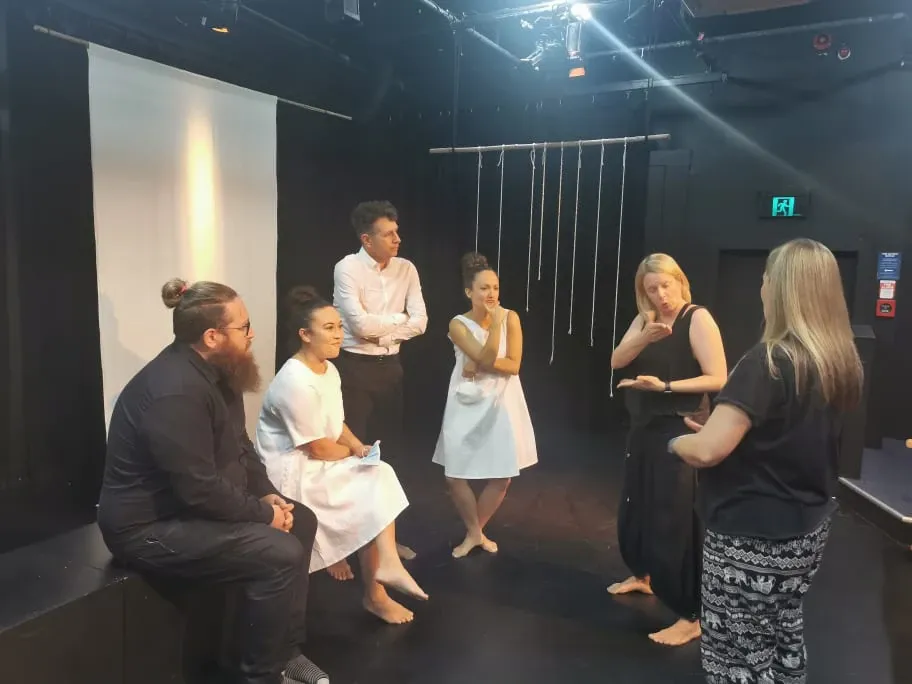
The team putting together Where Our Shadows Meet in discussion at Circa Theatre. Photo: Supplied.
Where Our Shadows Meet, a production by Equal Voices Arts is carrying on performing this week at Wellington’s Circa Theatre. Performed through physical storytelling, live instrumental music, New Zealand Sign Language (NZSL), and spoken English by a Deaf and hearing cast and designed to be accessible for d/Deaf and hearing audiences.
Funding from NZSL and Creative NZ has allowed the show to continue after restrictions saw their audience capacity reduced from 100 down to just 40.
It also means the creative team have gone into a bubble to keep the show on stage - including cancelling their flights to Wellington and driving rental cars on their tour.
NZSL Creative Consultant Rachel Turner says “COVID is a constant worry but it is important to keep going within the restrictions and guidelines. We felt it worth moving through barriers where possible to maintain our momentum in telling this story. We didn’t want our voice taken away at this time. There are no other examples of stories where NZSL and English share the stage with equal status so we wanted to do all we could to proceed with caution.”
Deaf performer Thora Hubner adds “I feel grateful to have a good team around me to make this happen. It’s really beautiful to feel the connection with the audience because they understand the piece.”
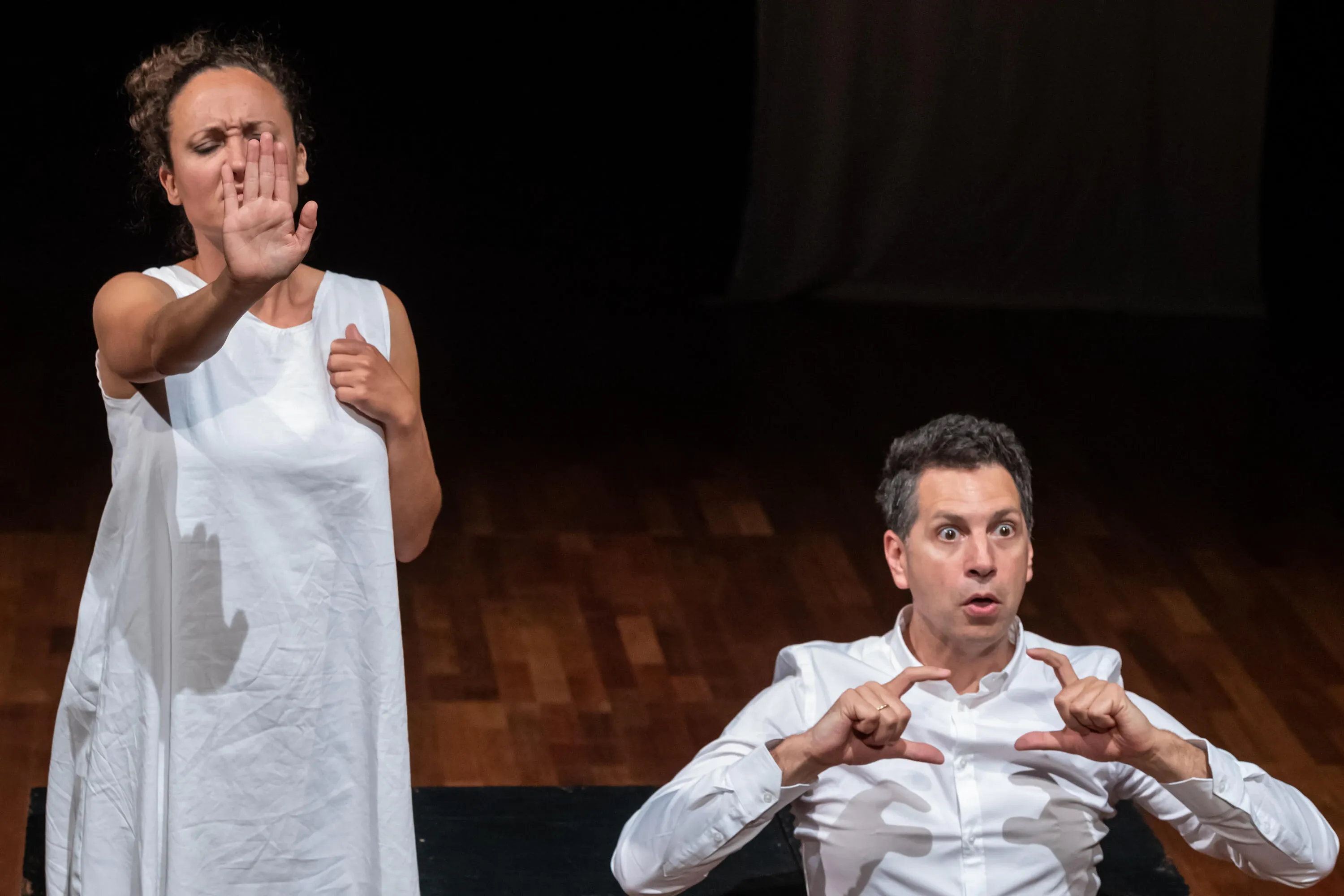
Where Our Shadows Meet in performance. Photo: Michael Smith.
The Auckland Philharmonia Orchestra will also push on with performing - with tonight’s season opening show at the Town Hall going from a 1,200 audience to just the Red Light max of 100. They’ve worked to allow 100 into this morning’s dress rehearsal as well - while the ticket holders who didn’t get the chance to attend provided with access to the performance live online.
“The orchestra plans to use this opening performance to pay special tribute to its loyal audiences who have stood by the APO since the first lockdown, continuing to buy tickets, riding out cancellations, postponements, artist changes,” explains APO CEO Barbara Glaser.
The other option is taking the show to the audience. One of the acts of the Dunedin Fringe, The Barden Party (Bard + Garden Party) is following such a practice, performing a musical and mischievous A Midsummer’s Night Dream in front gardens around the city.
Festival Director Gareth McMillian explains “having had previous shows repeatedly cancelled, the troupe developed the show for a COVID world. Even in a lockdown they could perform in your garden while you enjoy a refreshing beverage and watch them through the window!”
First on the Scene
The creative community regularly rallies around arts-based businesses and organisations during these tough times - but what about those that are creatively-adjacent?
The businesses whose role may be somewhat transactional, but hold an important place in keeping the creative sector moving.
One such example is First Scene, arguably the country’s most recognised costume and prop hire company with over 400,000 items collected over the past 40 years.
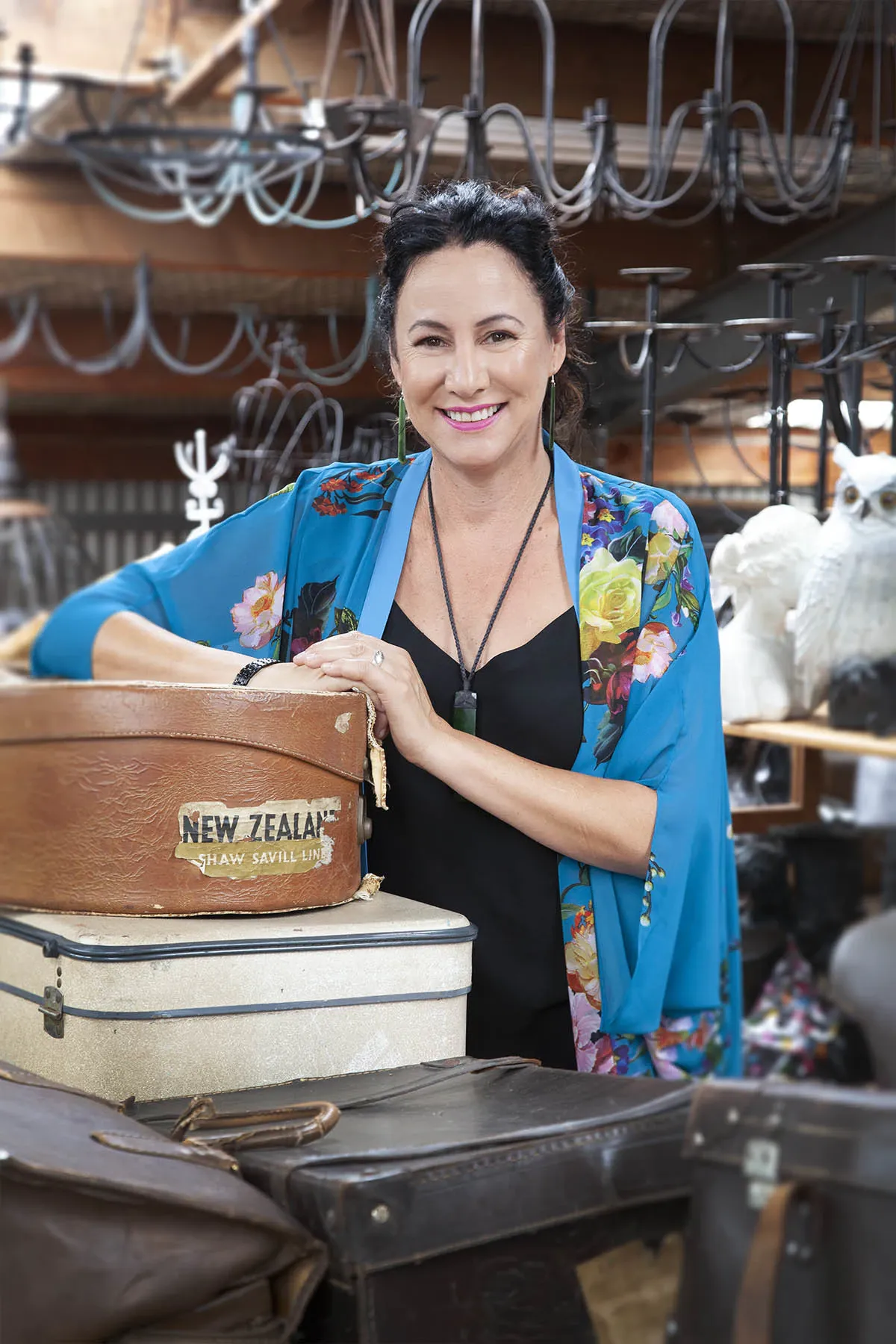
First Scene owner Jo Pilkington. Photo: Supplied.
While part of their business is fancy dress and corporate events, they’re also hugely active in production for both screen and stage. First Scene has supplied props to not only huge international productions like Lord of the Rings, The Hobbit and current Oscar headliner The Power of the Dog but countless other local cornerstones like Boy, Whale Rider, Sione’s Wedding, The Piano and Once Were Warriors - as well as TV shows ranging from The Luminaries, Xena, Hercules, Power Rangers to Outrageous Fortune, Westside and Shortland Street.
That’s not to mention the local theatre scene and any student filmmakers trying to hone their craft.
So it was alarming to see owner Jo Mere Pilkington put the call out that First Scene is in need of support to stop it from joining the list of businesses lost to the pandemic - their business has come to a standstill through lockdowns at their busiest times of year and the current Red Light climate.
She told The Lowdown “we have lost $1million in revenue over the past 24 months. We won’t be able to operate for much longer unless we receive support from our clients and industry partners.
“We’ve seen several event management companies and hire companies around NZ close down in the past two years. We know this because several have been our clients and others have approached us to purchase their stock.
“The heartbreaking reality is that (without support) our industry could lose the biggest collection of its kind. It’s simply irreplaceable.”
As well as a plea for anyone who can to book in advance and build credit for costumes and props for future events or productions, Pilkington was of the belief that the Omicron relief support for the creative and cultural sector wasn’t available to them.
The Lowdown got in touch with Manatū Taonga Ministry for Culture and Heritage to find out if organisations that are established parts of the sector, but not dedicated to it, are eligible for funding.
Joe Fowler, MCH's Deputy Chief Executive - Investment and Outcomes told The Lowdown “while we’d need to work with First Scene to properly assess their situation, at first reading it appears that some of their activity relating to film and stage production work could be eligible for support under the Cultural Sector Emergency Relief Fund – Organisations.”
The fund is described as a last resort to support cultural organisations, including sole traders with employees, at clear risk of no longer operating. Organisations can apply for up to $300,000 (increased from $100,000 max at the beginning of February).
MCH has suggested that First Scene get in touch to discuss it. Pilkington was thrilled to hear the news when told by The Lowdown and plans to start the conversation.
So it’s not a black and white answer - and clearly MCH wouldn’t or shouldn’t be expected to support the party hire side of First Scene’s business - but being in the grey zone has given Pilkington an option she didn’t think she had.
First Scene will no doubt not be the only one in this boat of not thinking they’re eligible - but MCH has made it clear they’re open to questions and having conversations for those who don’t know if they qualify - pointing those who are in danger of having to turn out the lights for good to email them at support.culture@mch.govt.nz.
If you don’t ask - you don’t get.
Young at art
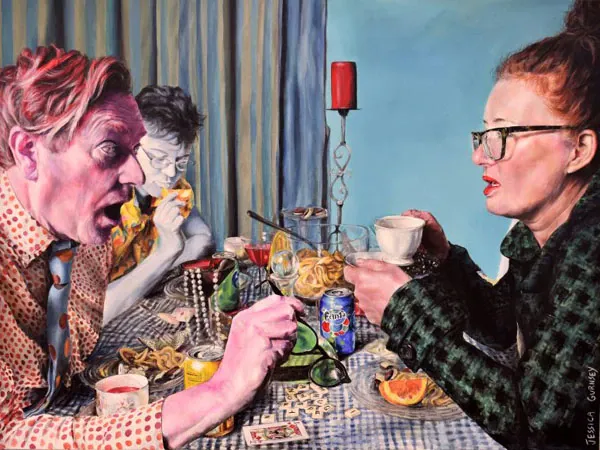
Jessica Gurnsey, Can I Say Something…? Image: Supplied.
While there can be some worrying statistics and rising frustration when it comes to arts in Aotearoa schools, there is some cause for optimism coming from one source.
The National Youth Art Awards - hosted by the Waikato Society of Arts (WSA) - is growing from strength to strength. The class of 2021 has been honoured in the past week (after being postponed from September) with record numbers of entrants - 295 of them. That’s compared with 87 just five years ago.
While there are a lot of entries from Waikato, Auckland and Christchurch, there’s a wide geographical spread - from Kerikeri to Invercargill. The biggest category of entries is the 15-19 year olds. There’s also a 13-14 year old category for the awards that was created two years ago after identifying a lack of opportunity in this age group.
Gemma Reid from the WSA executive points out that “at a time when we see art skills being squeezed out of the curriculum, it is vital that young creatives are given the opportunity to express their ideas, having access to as many artistic media as possible. If the last couple of years have taught us anything it is that we need to be ready to adjust to changing world situations rapidly. These skills require creativity in thinking and problem solving. Aotearoa has a reputation for thinking “outside the box” when faced with challenges. For this aptitude to continue, creativity across all areas of life and learning must be allowed to flourish.”

Naomi Landreth, Emma. Photo: Supplied.
Judge Diane Scott challenged everyone who entered to take risks, to not to listen to the gatekeepers who try to stop you and push right past them - while fellow judge James Ormsby was impressed by the young artists’ honesty to be able to go deep into their own psychology and feelings.
Jessica Gurnsey’s vibrant painting Can I Say Something…? claimed both the 15-19 category and the overall National Youth Art Award, landing her $3500 along with the title.
Naomi Landreth’s pooch portrait, Emma, was crowned the best of 13-14 category with a $500 prize, while Oliver Cain’s Many Chewed Encounters sculpture won the $2000 20-25 category.
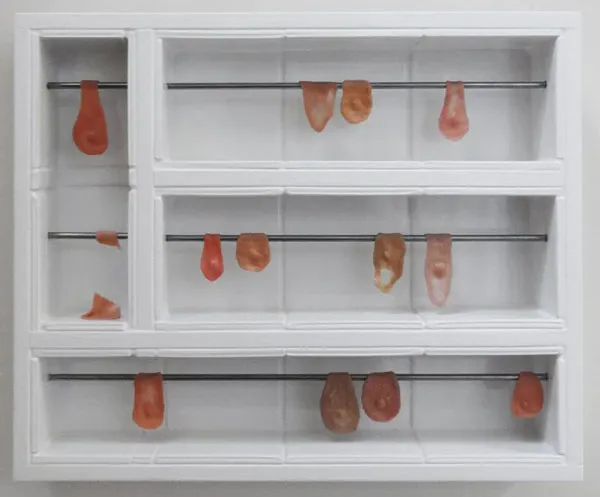
Oliver Cain, Many Chewed Encounters. Photo: Supplied.
All of the 47 finalists’ works are both on display and for sale until 14 March at the ArtsPost galleries in Hamilton.
Think pink
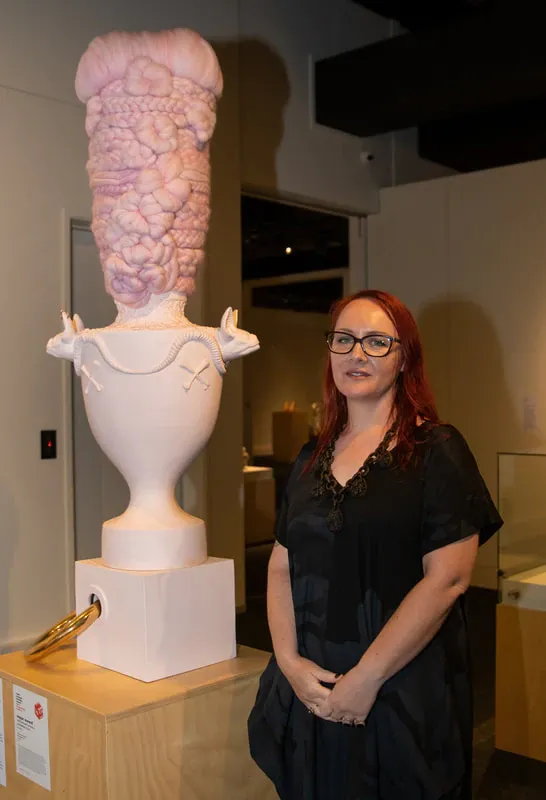
Melisa McMahon and her winning sculpture Pink Bats. Photo: Whakatāne Library and Gallery, Artist supplied.
Around 300 creatives entered - 62 made the finals - but only one can be crowned champion.
Melissa McMahon is the winner of the Molly Morpeth Canaday Award Three Dimensional Artform 2022 for her work Pink Bats - made from earthenware, terra sigillata, glaze, gold lustre and wool blend fibre. One of New Zealand's longest running and most vibrant national contemporary art awards also comes with $10,000 prize - announced in Whakatāne.
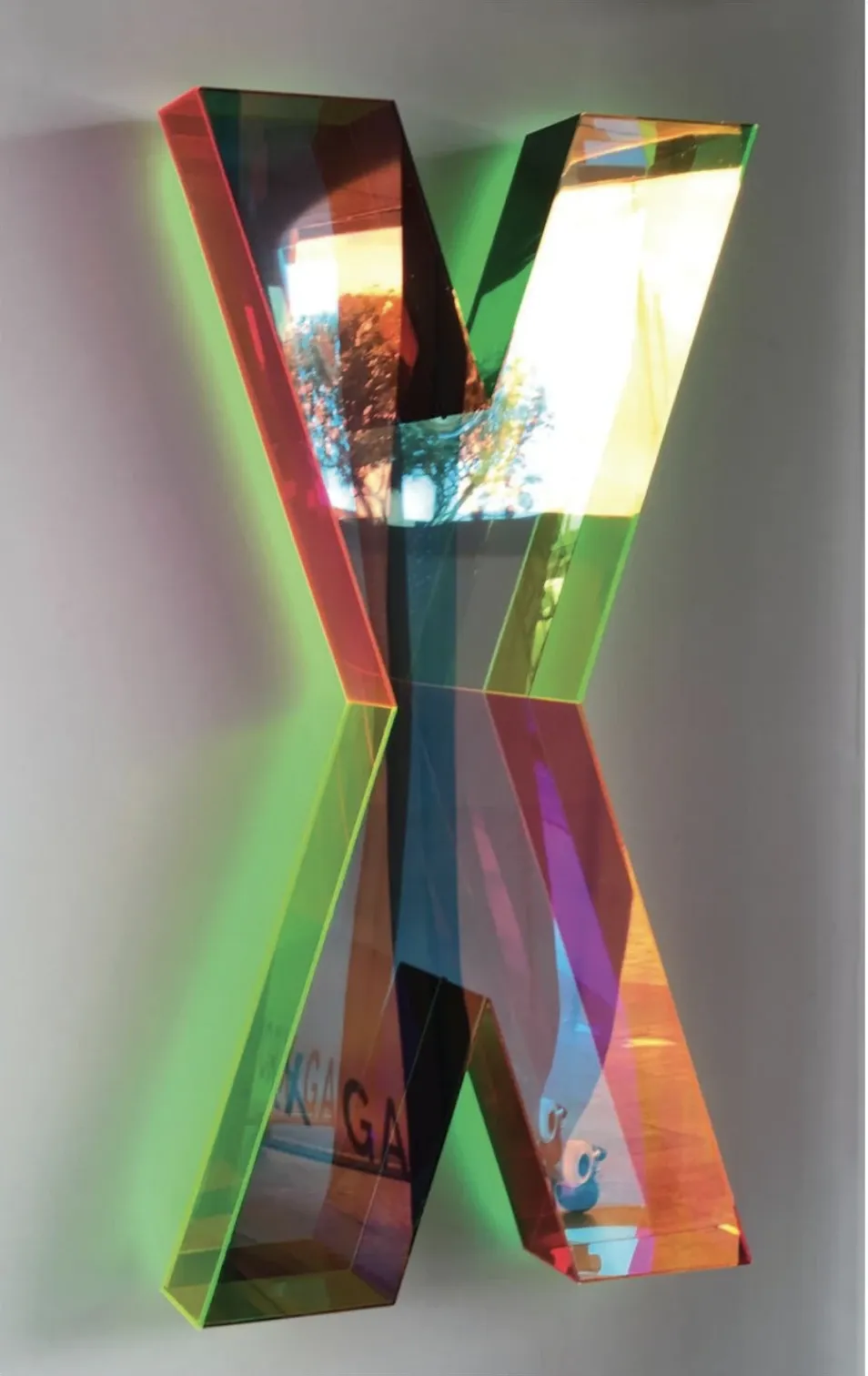
Wendy Hannah, Maumahara – Memories (2021) Photo: Supplied.
The runners up Akel Award was shared by Aucklanders Andrew Rankin for Turnaround and Toipoto artist Wendy Hannah for her work Maumahara – Memories.
The finalists pieces are on display until 9 April at the Te Kōputu a te whanga a Toi – Whakatāne Library and Exhibition Centre - with a People's Choice award still to be decided.
Big response to Tongan fundraisers
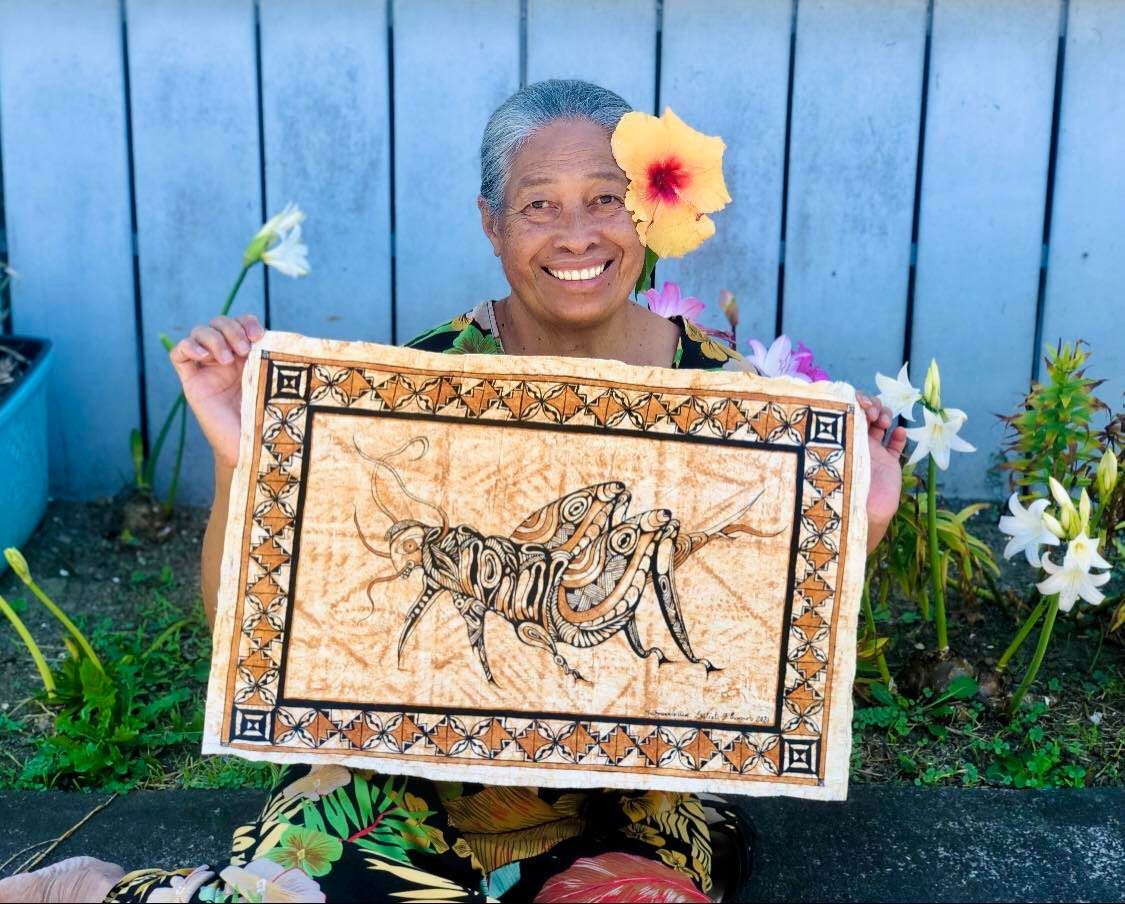
Artist Sulieti Fieme’a Burrows with He'e (Grasshopper) on Tapa Cloth. Photo: Supplied.
Last week The Big Idea profiled a couple of auctions set up by a bevvy of talented Aotearoa artists selling their art to raise money to support those impacted by the devastating Tongan tsunami - so far they’ve collected raised around $45,000.
Artist and Let’s Go For Tonga! auction co-organiser Tui Emma Gillies (who’s work is also featured in the Peau Kula auction) told The Lowdown “We've been blown away by the support we have received already and with a last push we reckon we will make a valuable contribution to the Tongan community in need.”
Let’s Go For Tonga! closes at 9pm tonight (Thursday 17 February) with Trade Me refunding all the success fees for the auction as well.
And the TMD Crew-led Peau Kula auction has plenty of great works still for sale, including the piece below from Raymond Sagapolutele.
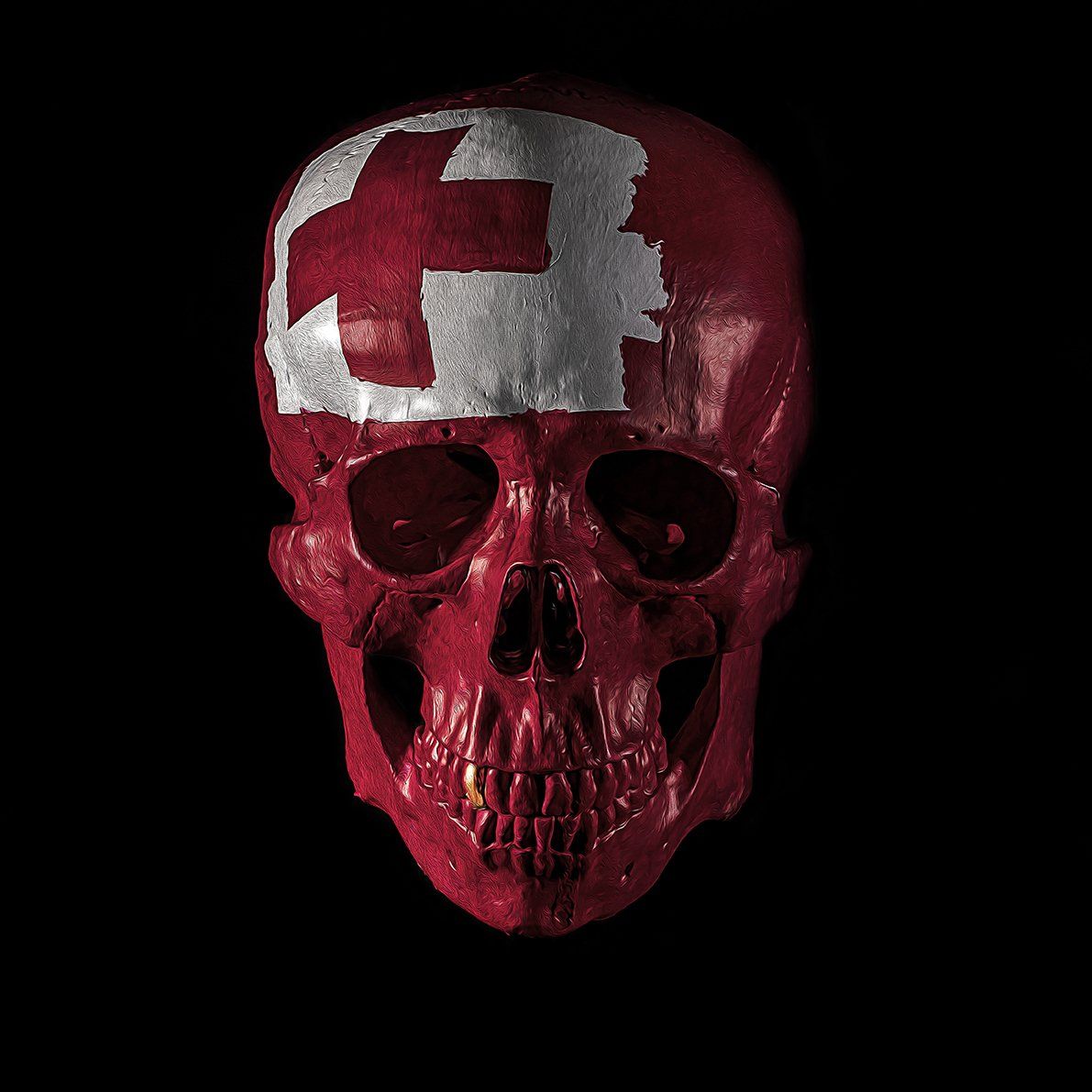
Raymond Sagapolutele, Nifo Koula (2020) 420mm x 4200mm.
Planting the seeds of success
Helping artists hone their craft is always a good time investment - but there’s other skills that need to be taught to succeed in the creative sectors these days.
The Music Seeds is an organisation that started up a year ago - founded by singer and life coach Sonny Southon - with the goal to upskill musicians with the tools to create a successful music career.
They’ve just given away a pair of Mindset and Well-being Coaching for Musicians and Artist Development packages - a 26 week, tailored one on one online coaching program aimed “to bridge the gap between musicians and the industry by helping identify and establish specific achievable career goals while focusing on wellbeing and artist development.”
Mohi Allen and Sarah Foley, who go by the artist names Mohi and Blake respectively - have been announced as the winners of the nationwide competition, supported by Auckland UNESCO City of Music and with funding from the New Zealand Music Commission.
And in other music news, Recorded Music NZ CEO Damian Vaughan is stepping down after nine years in the role.
Under Vaughan’s stewardship, Recorded Music NZ’s annual revenue from the Public Performance and Broadcast of Sound Recordings grew by 45% from $11 million to $16 million, and the corresponding distributions of royalties to artists and rights holders lifted by 47% to $12.3M.
Recorded Music NZ also notes the number of artists and rights holders receiving royalties also increased considerably as membership grew to well over 5,500.
